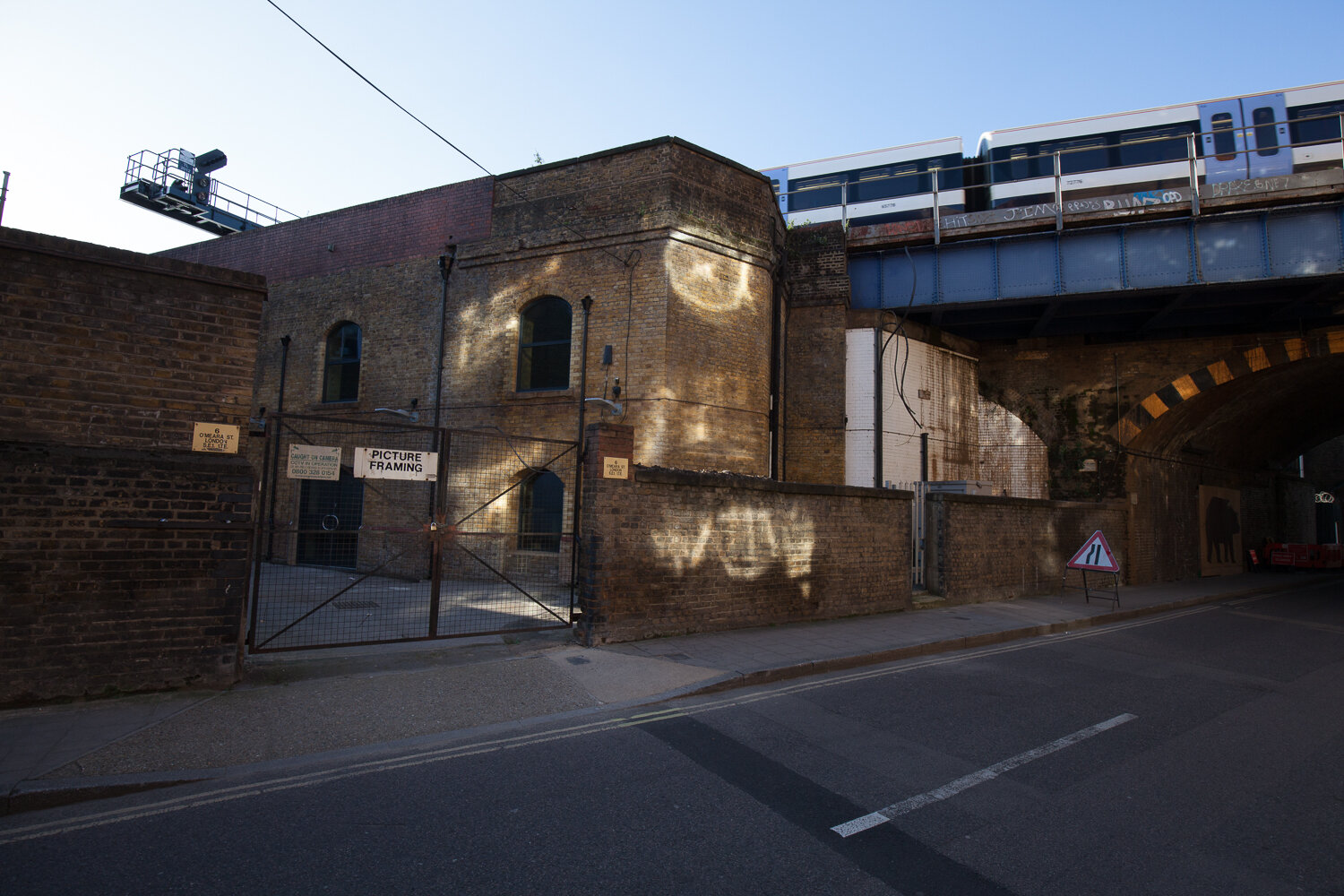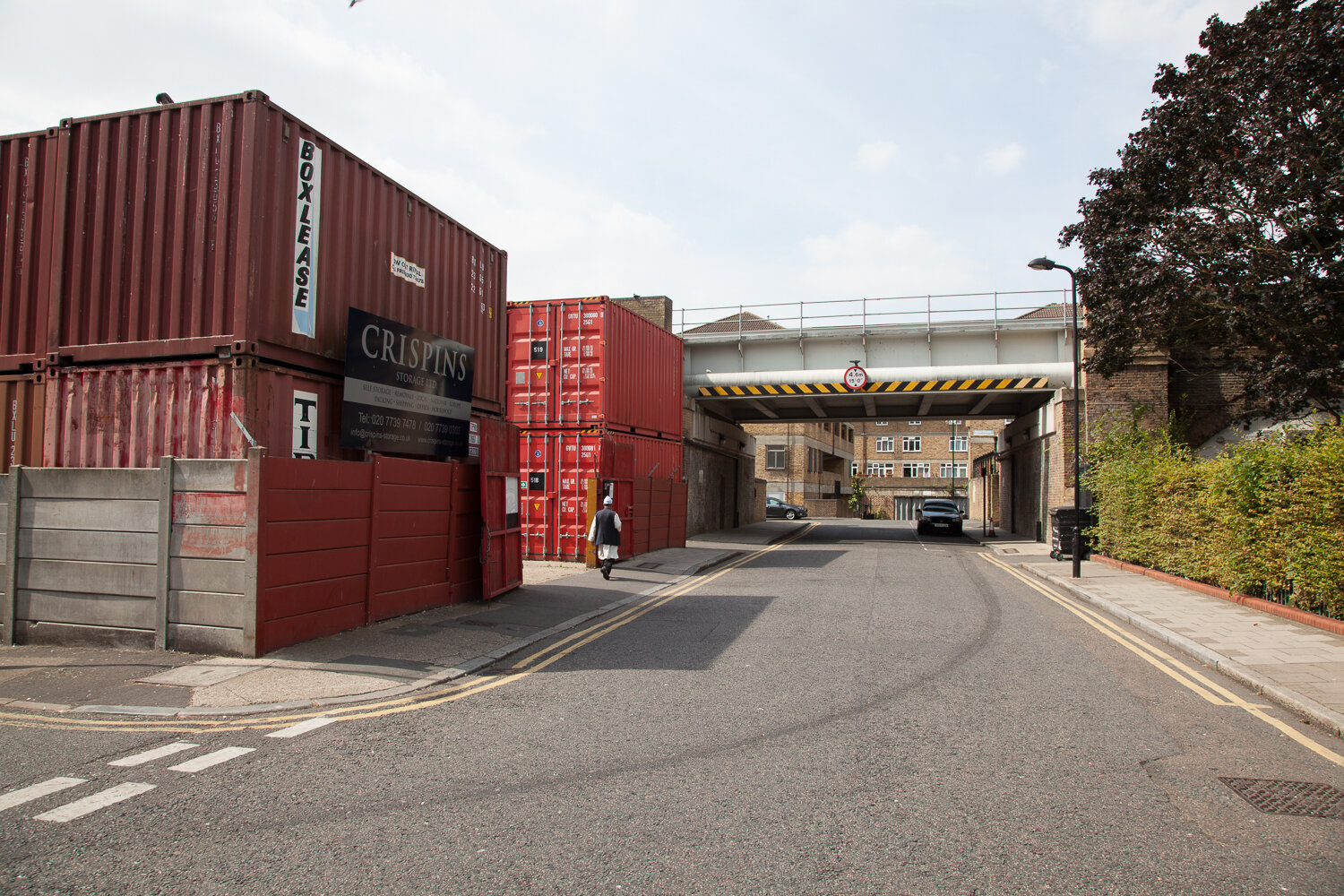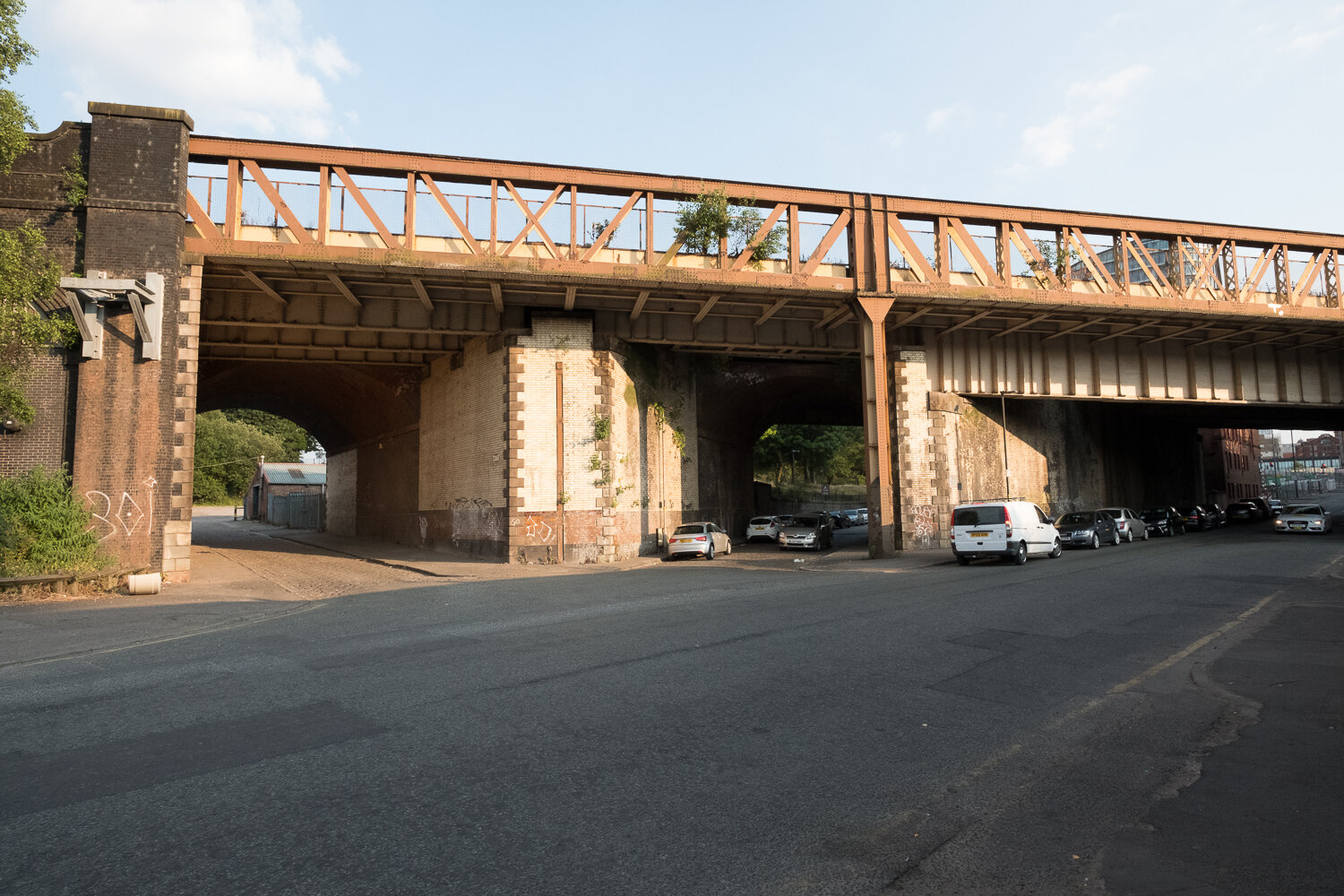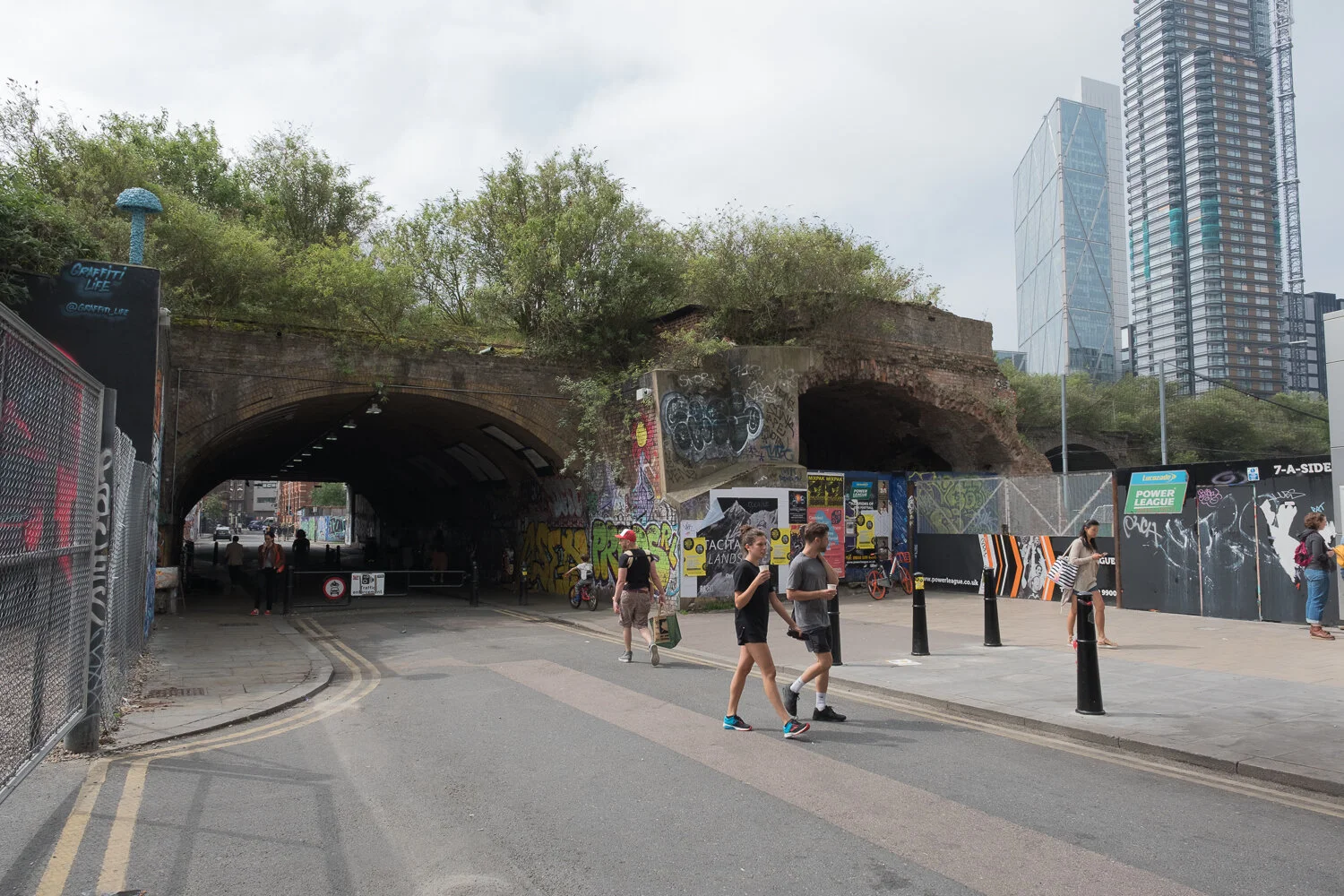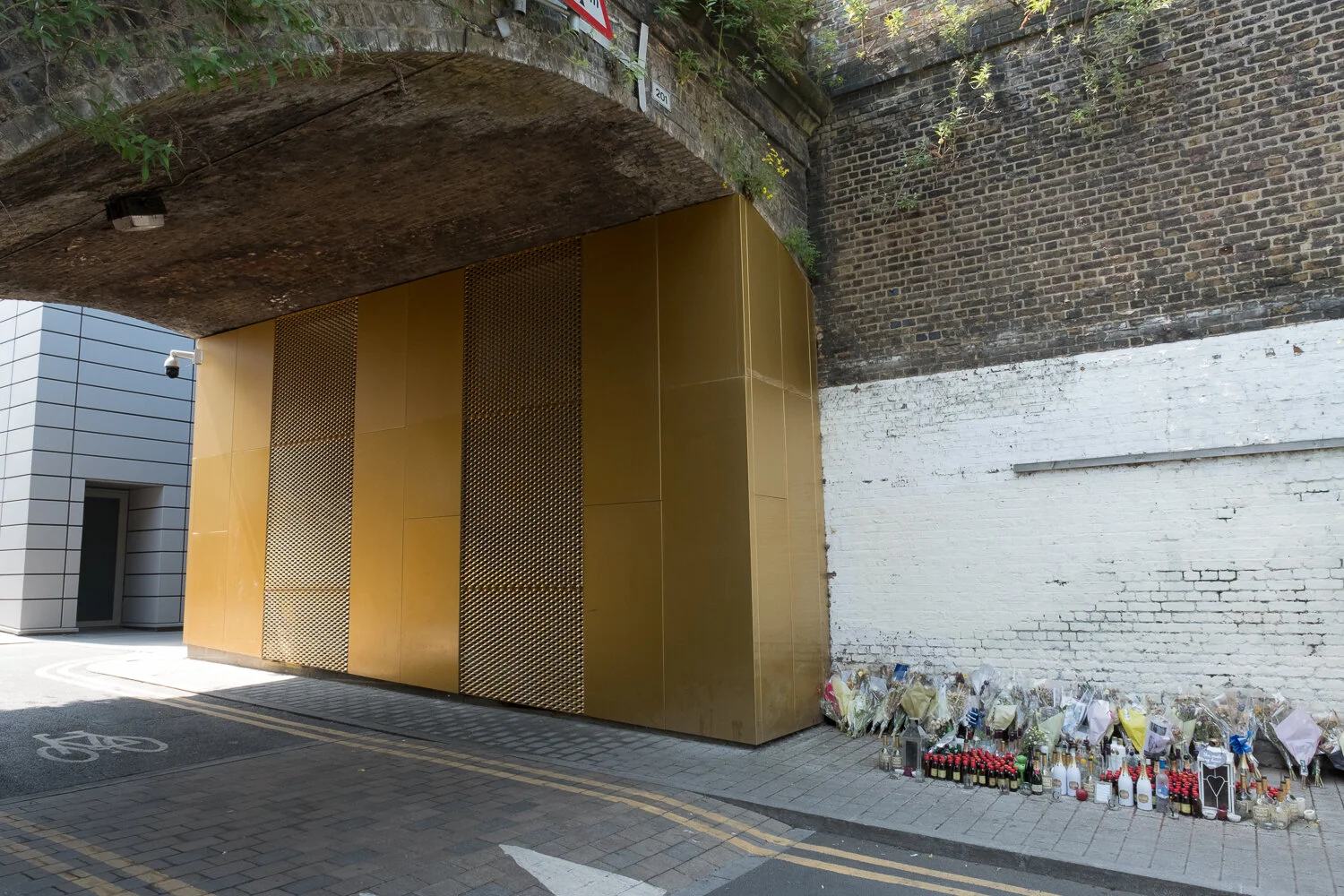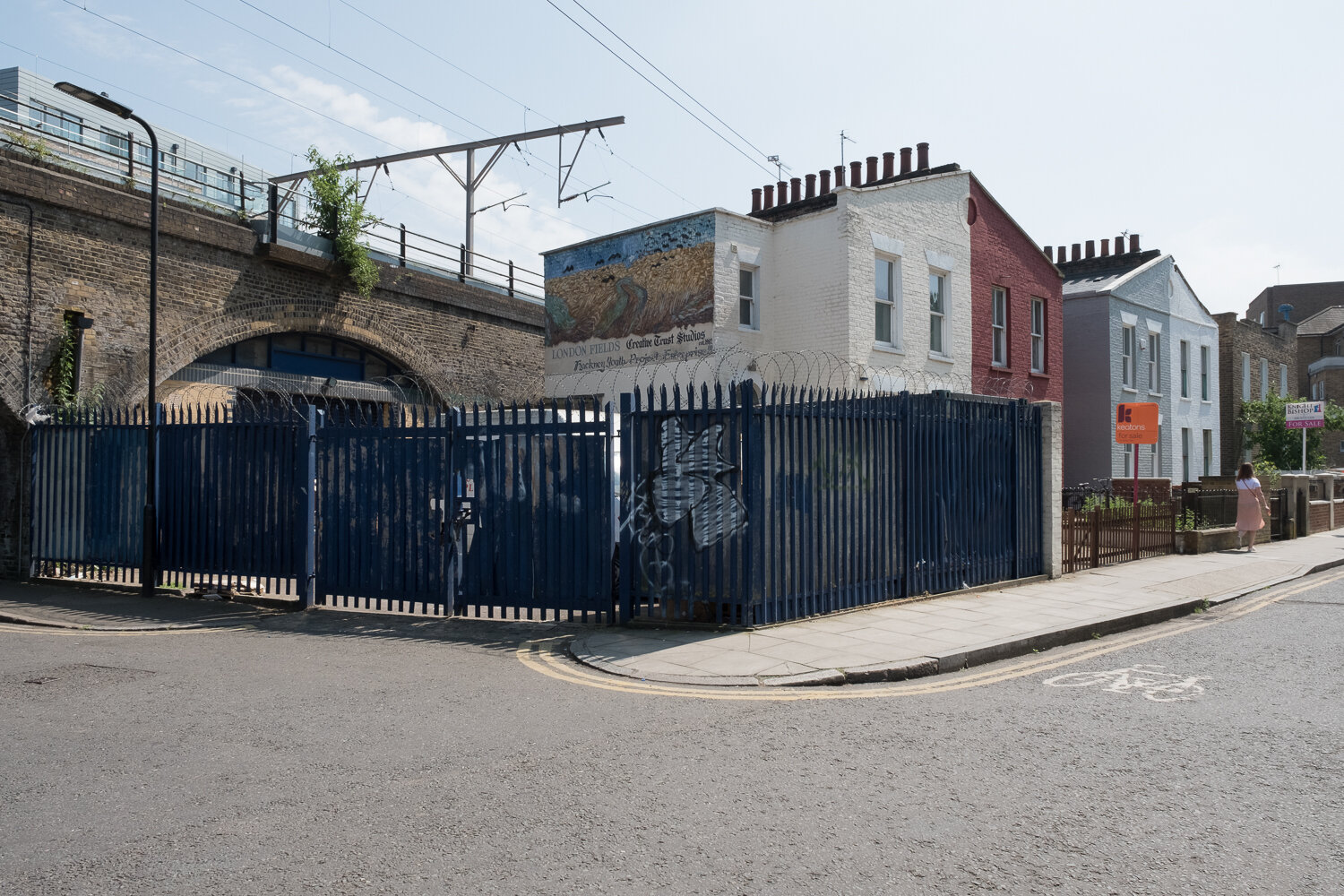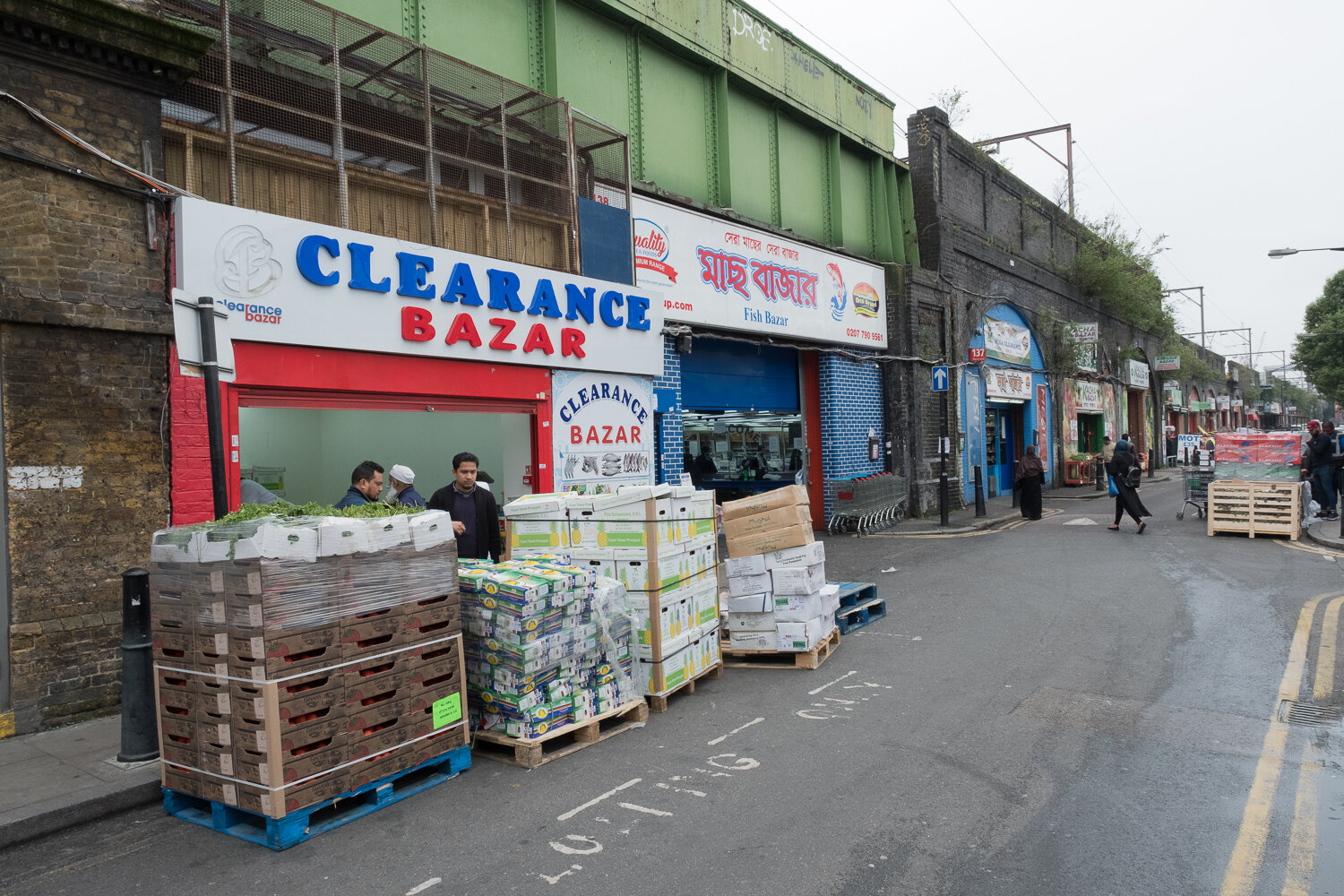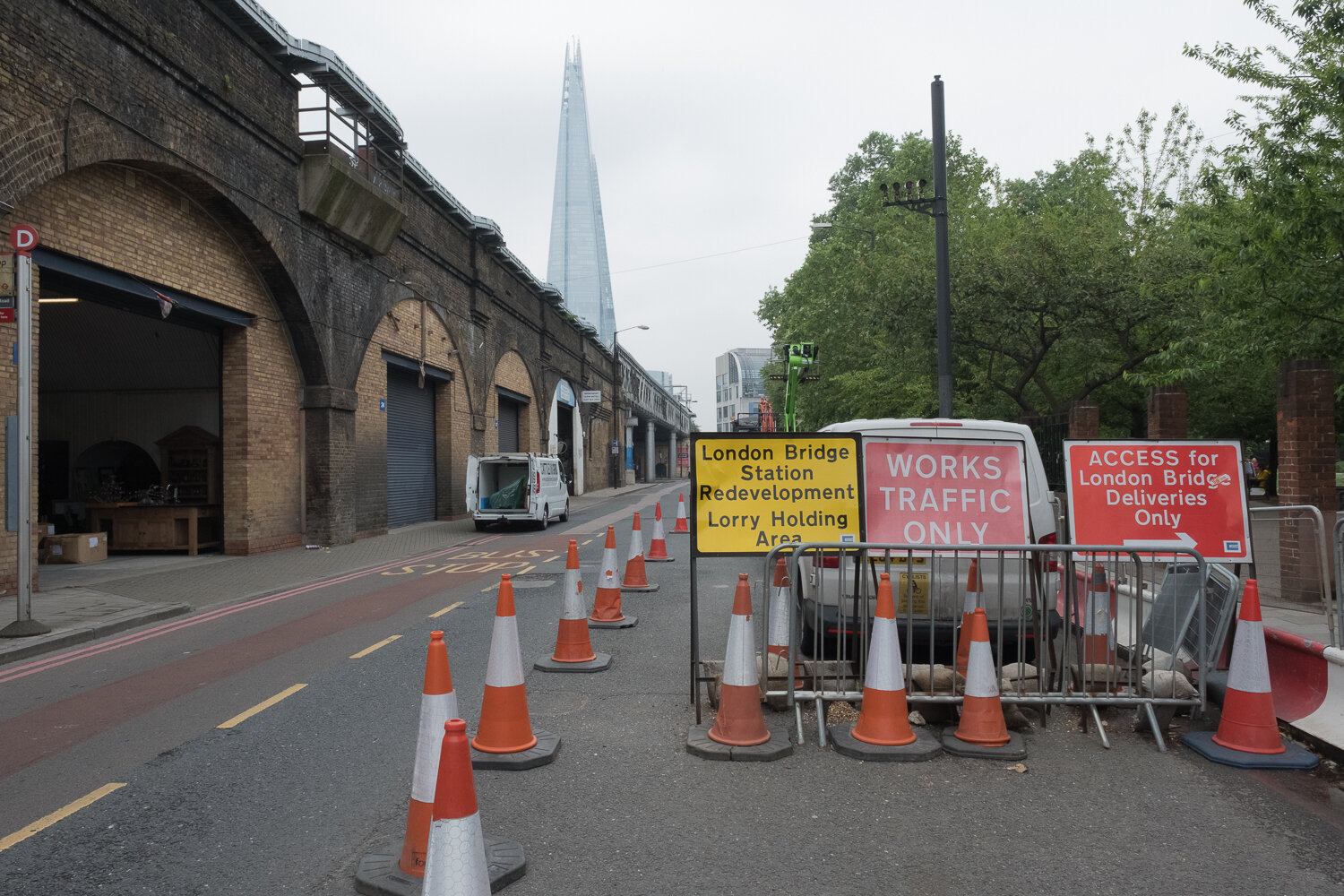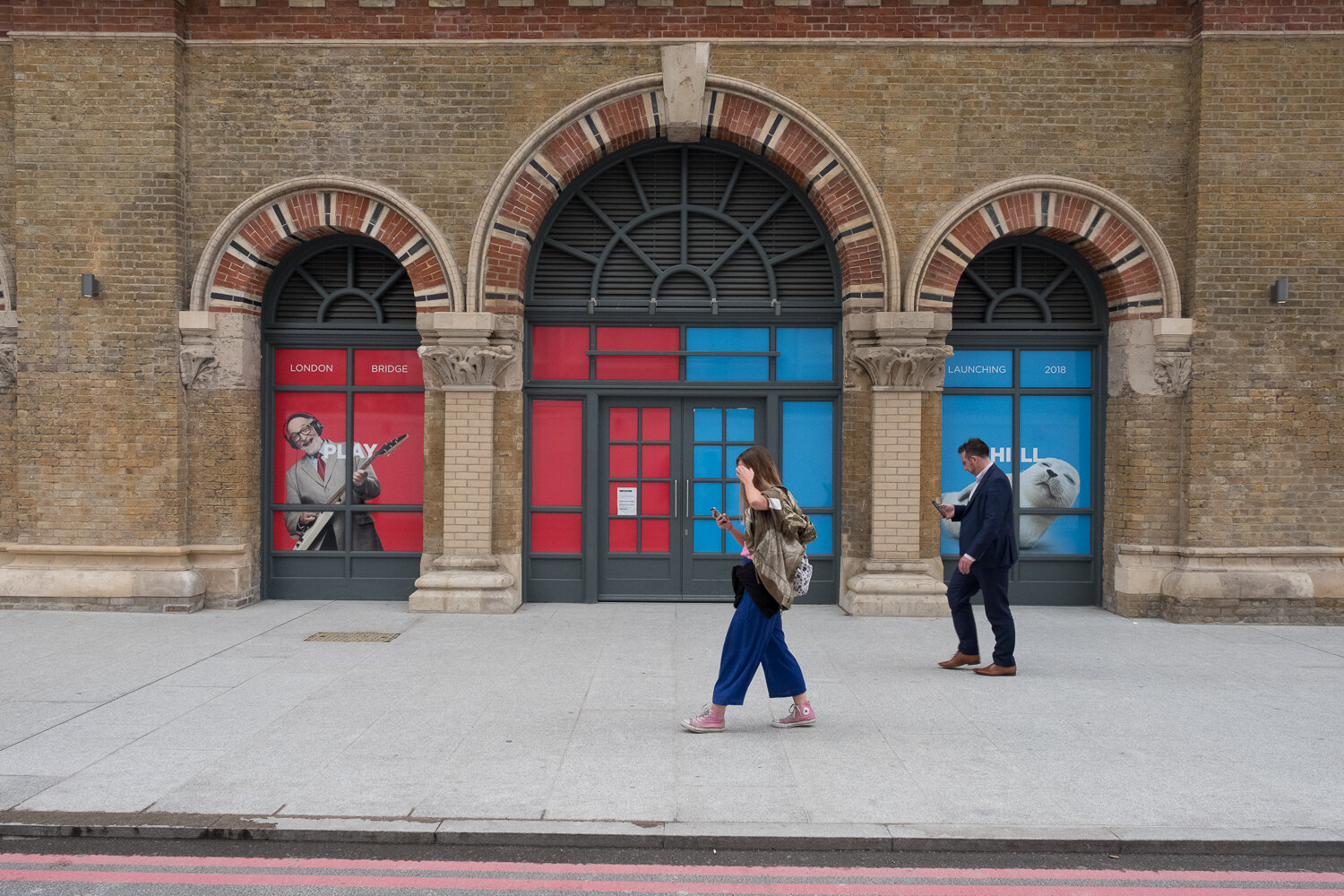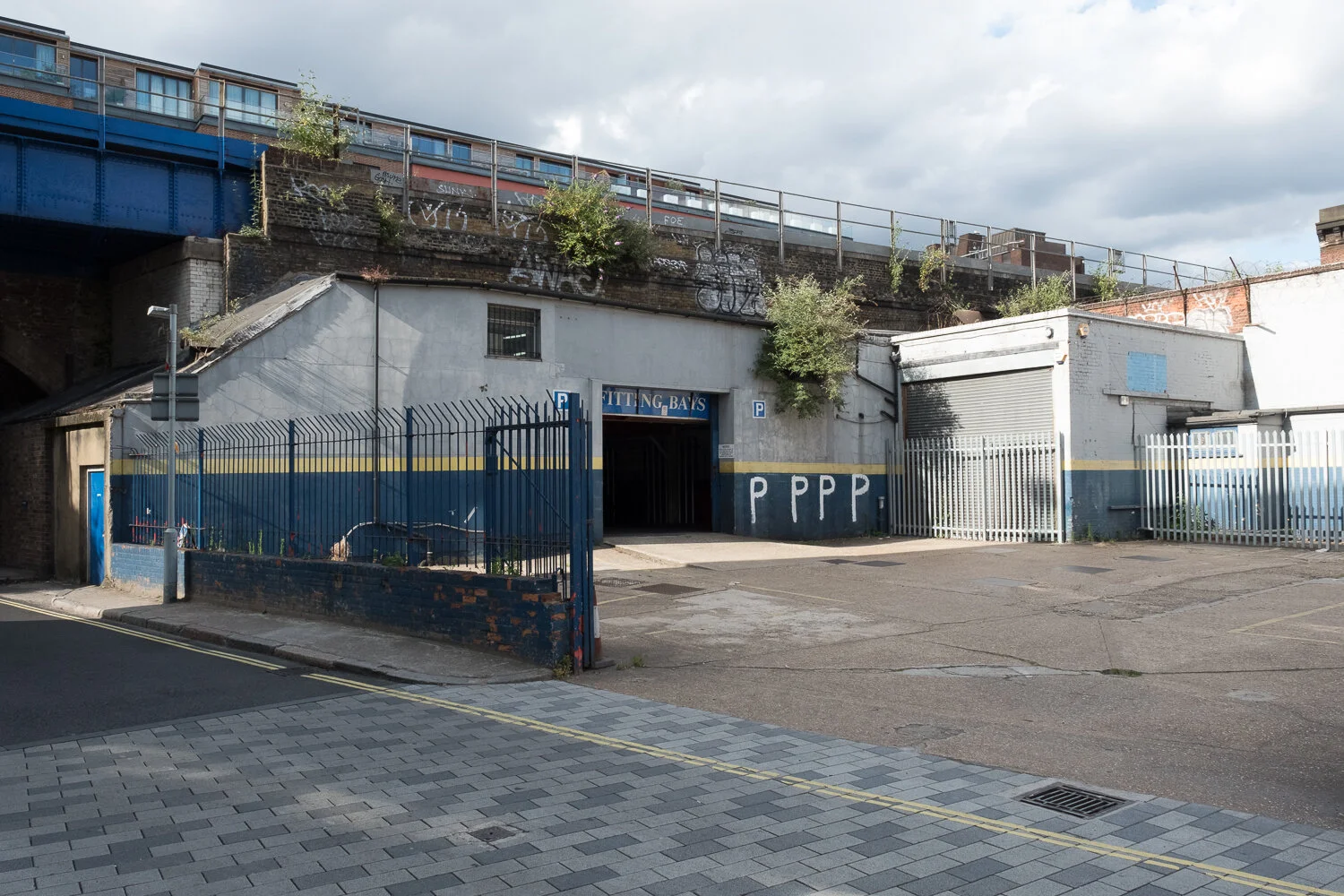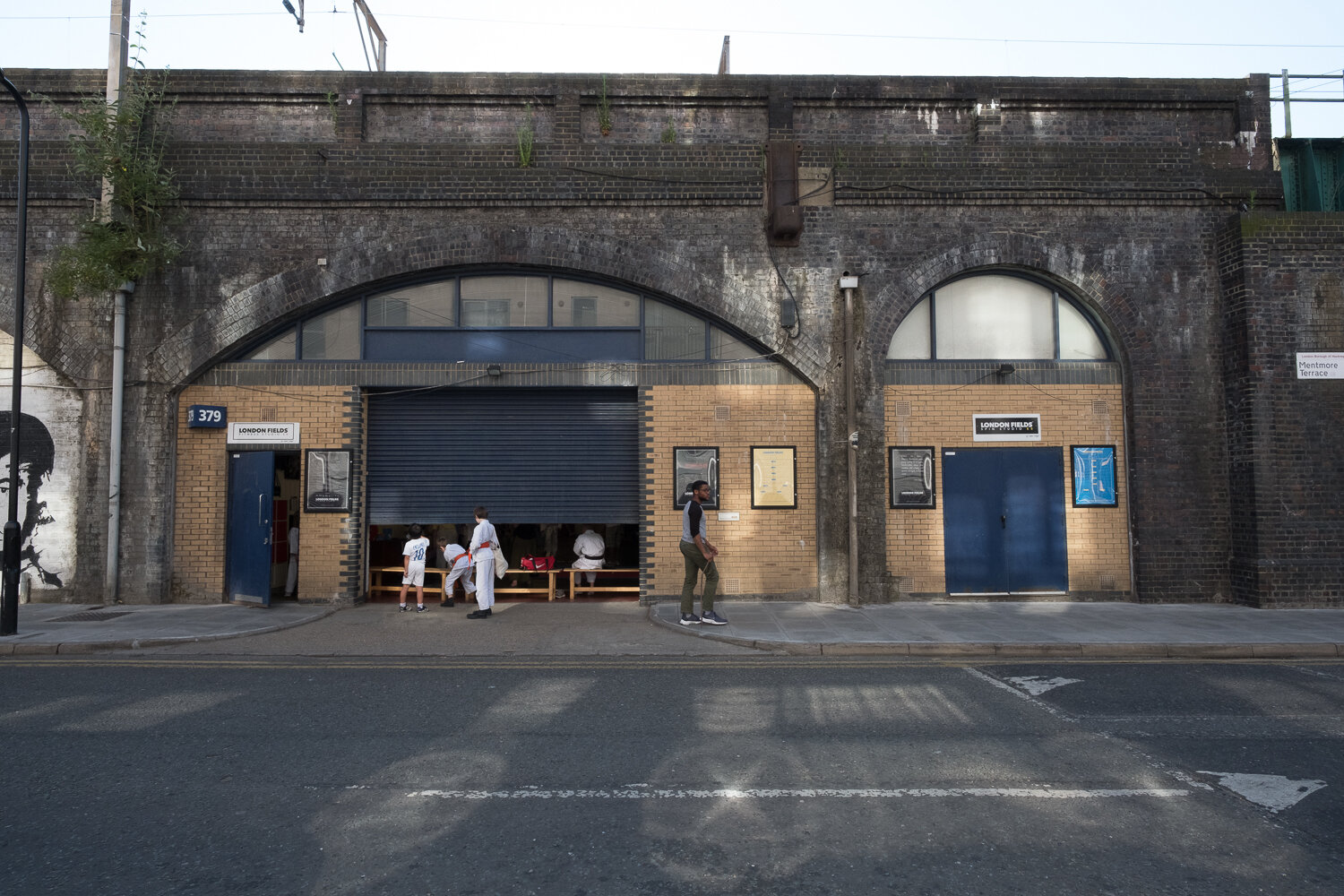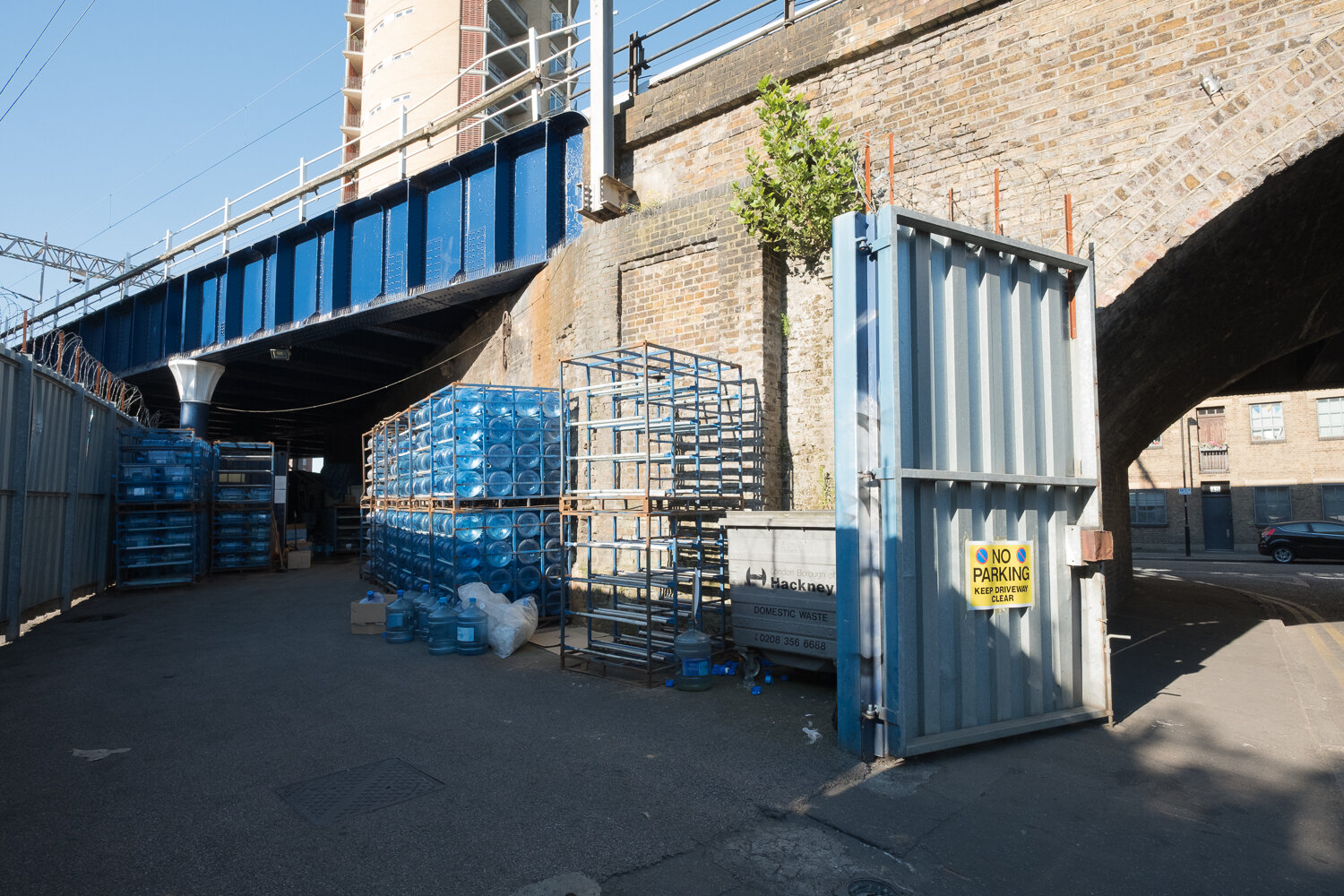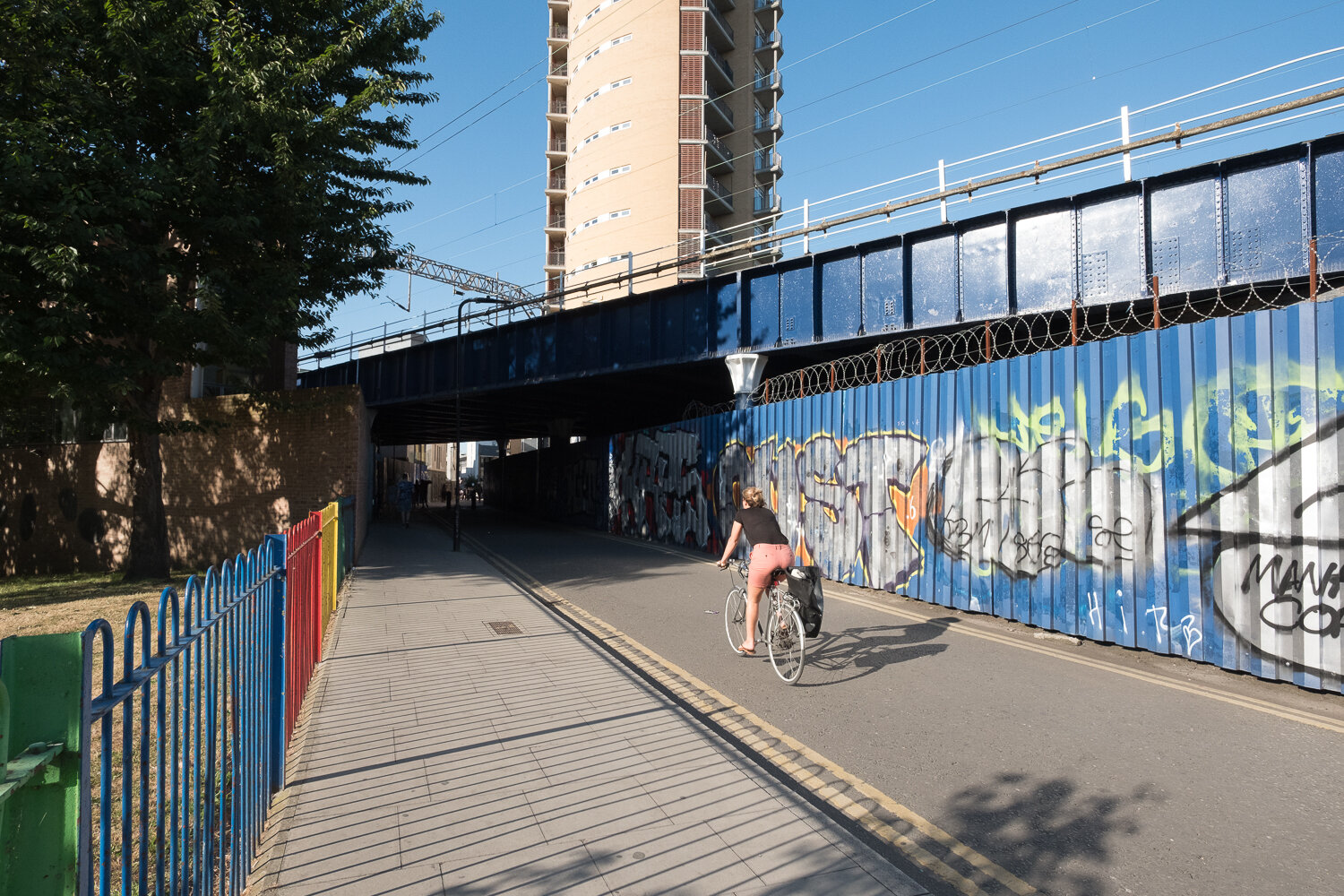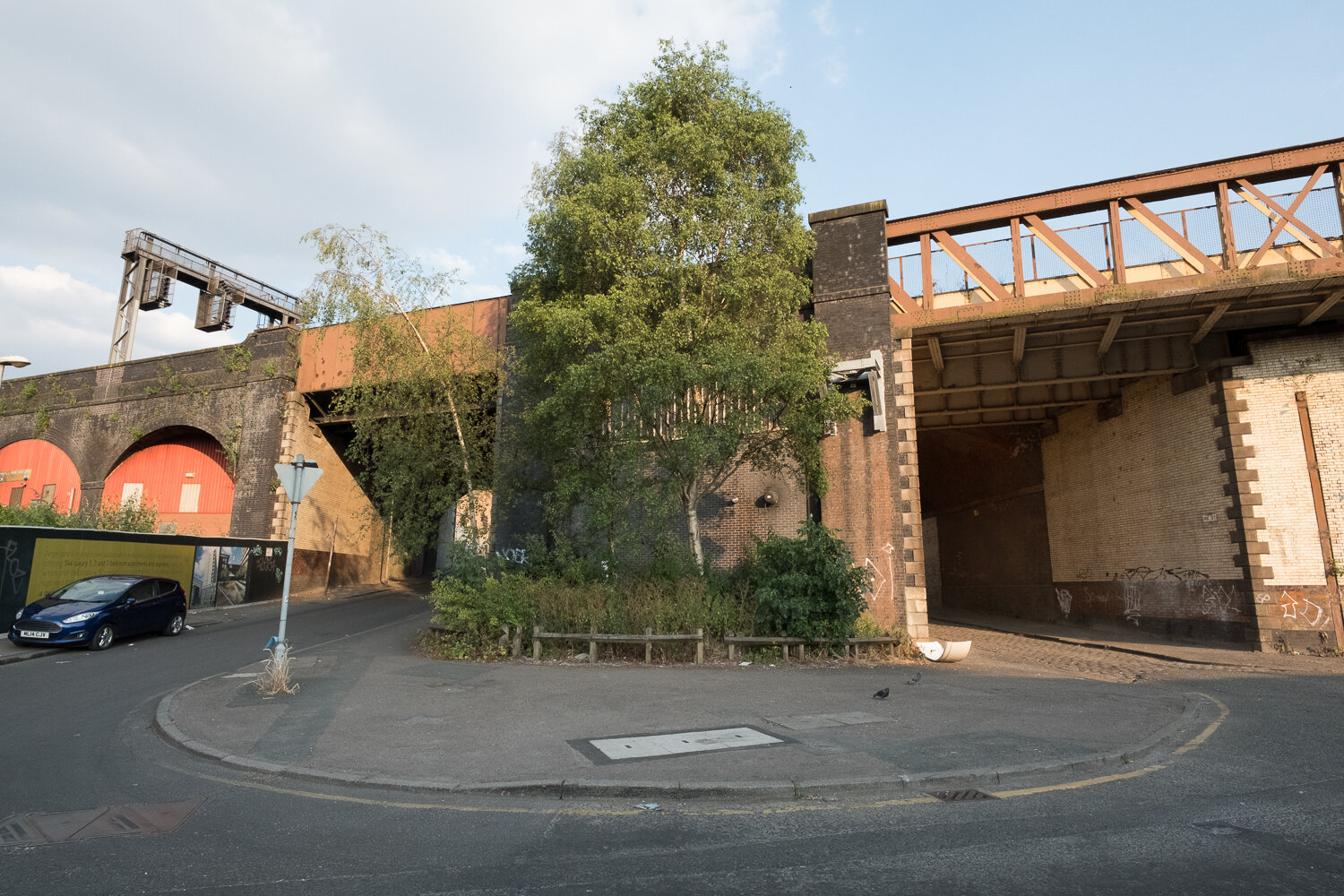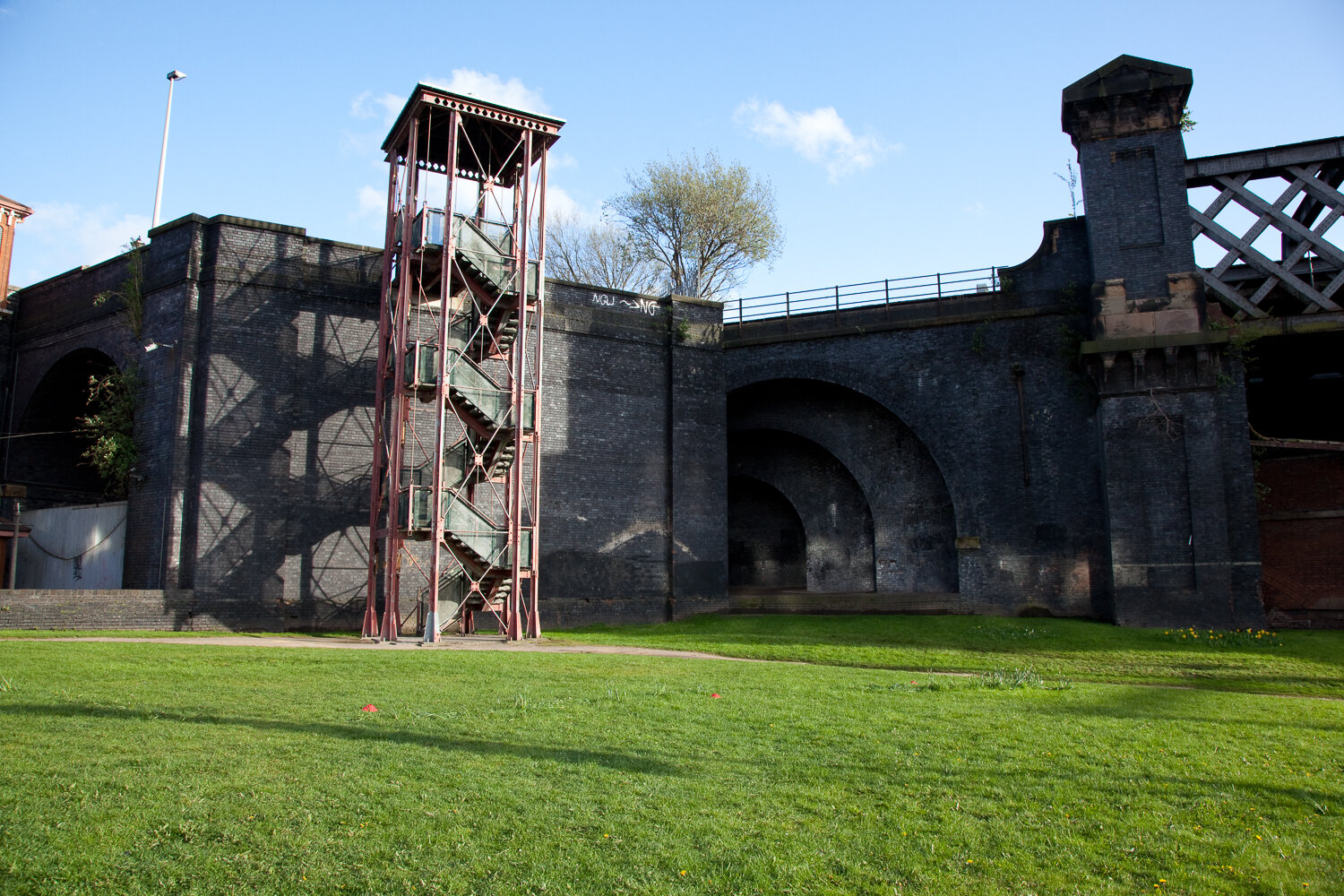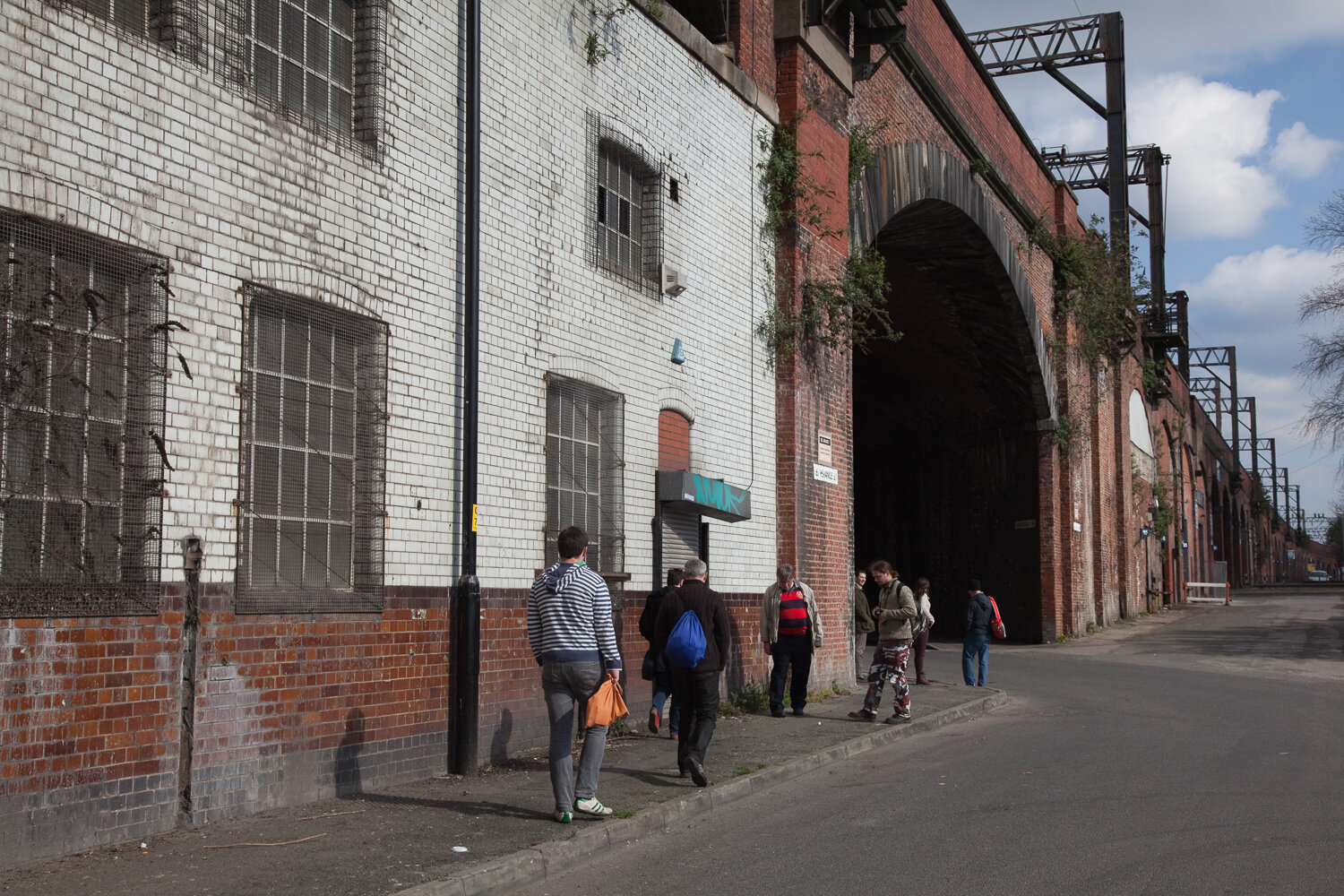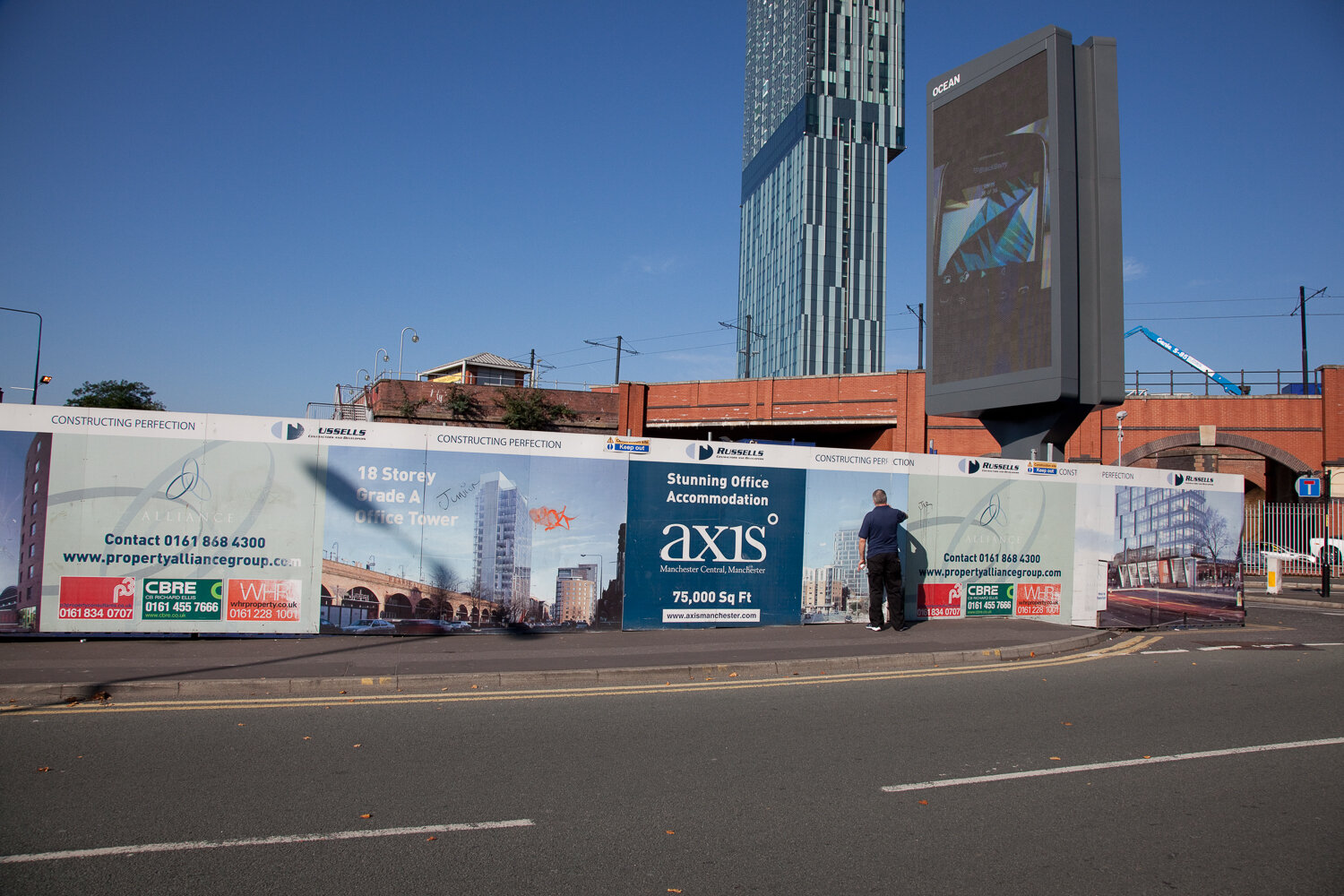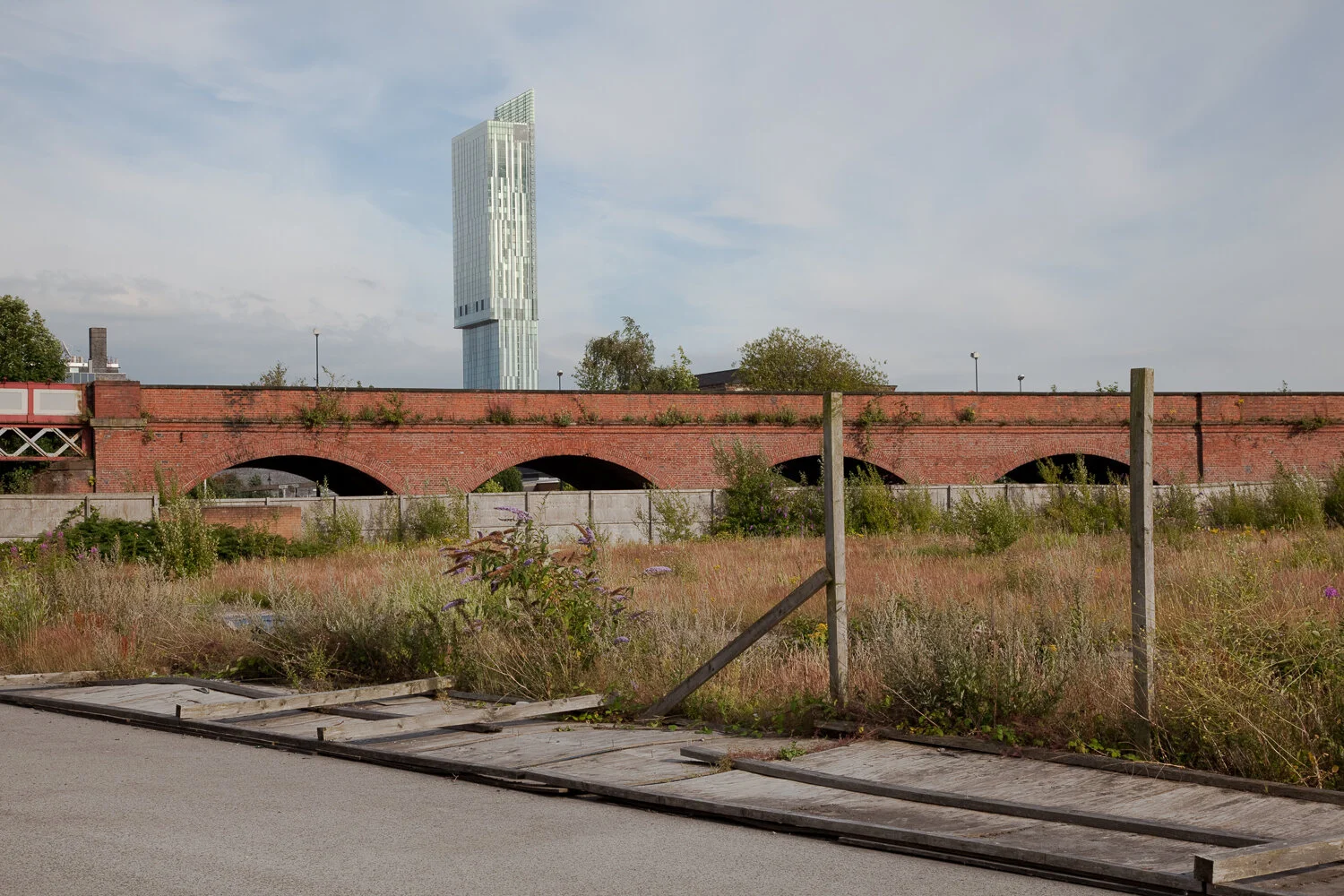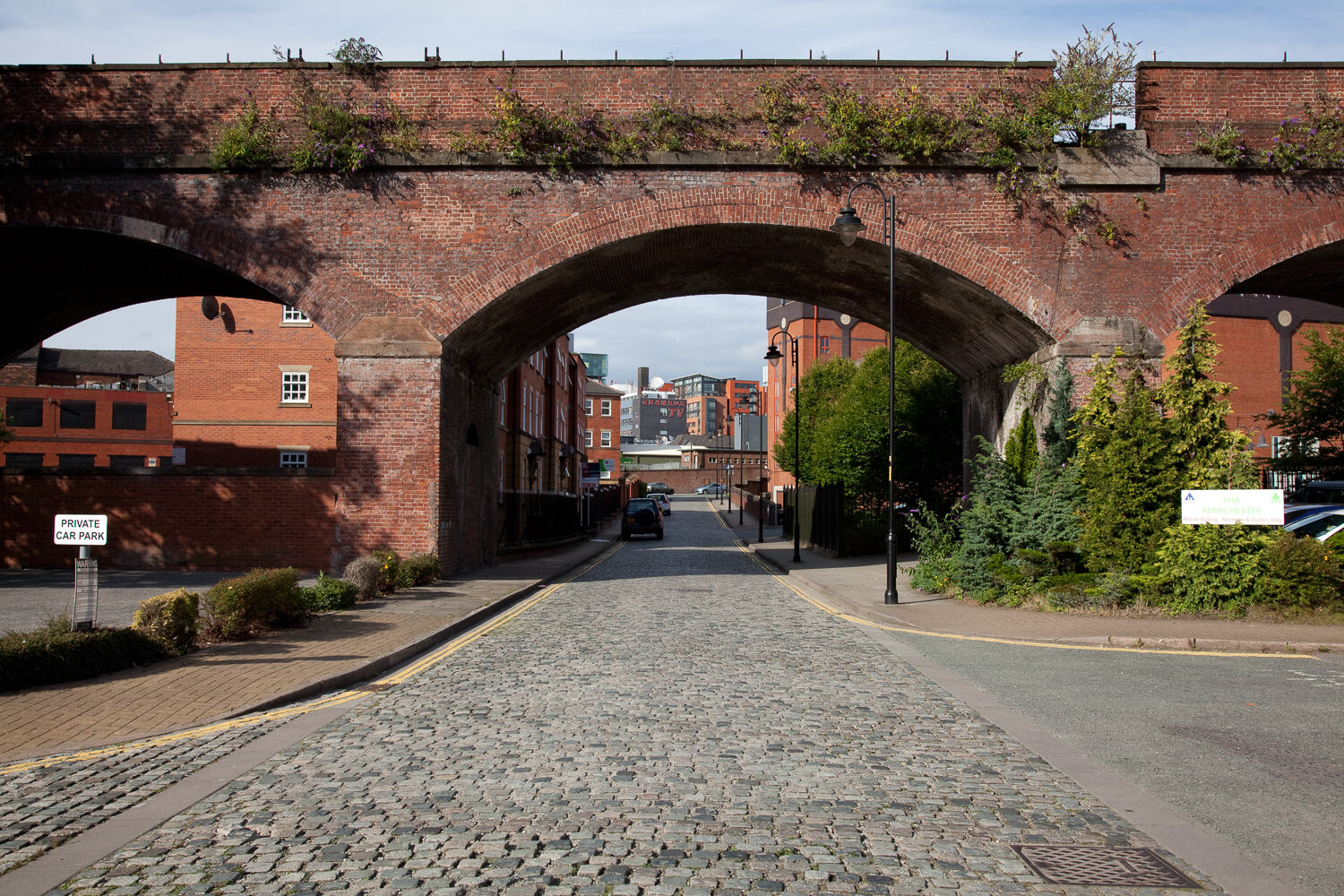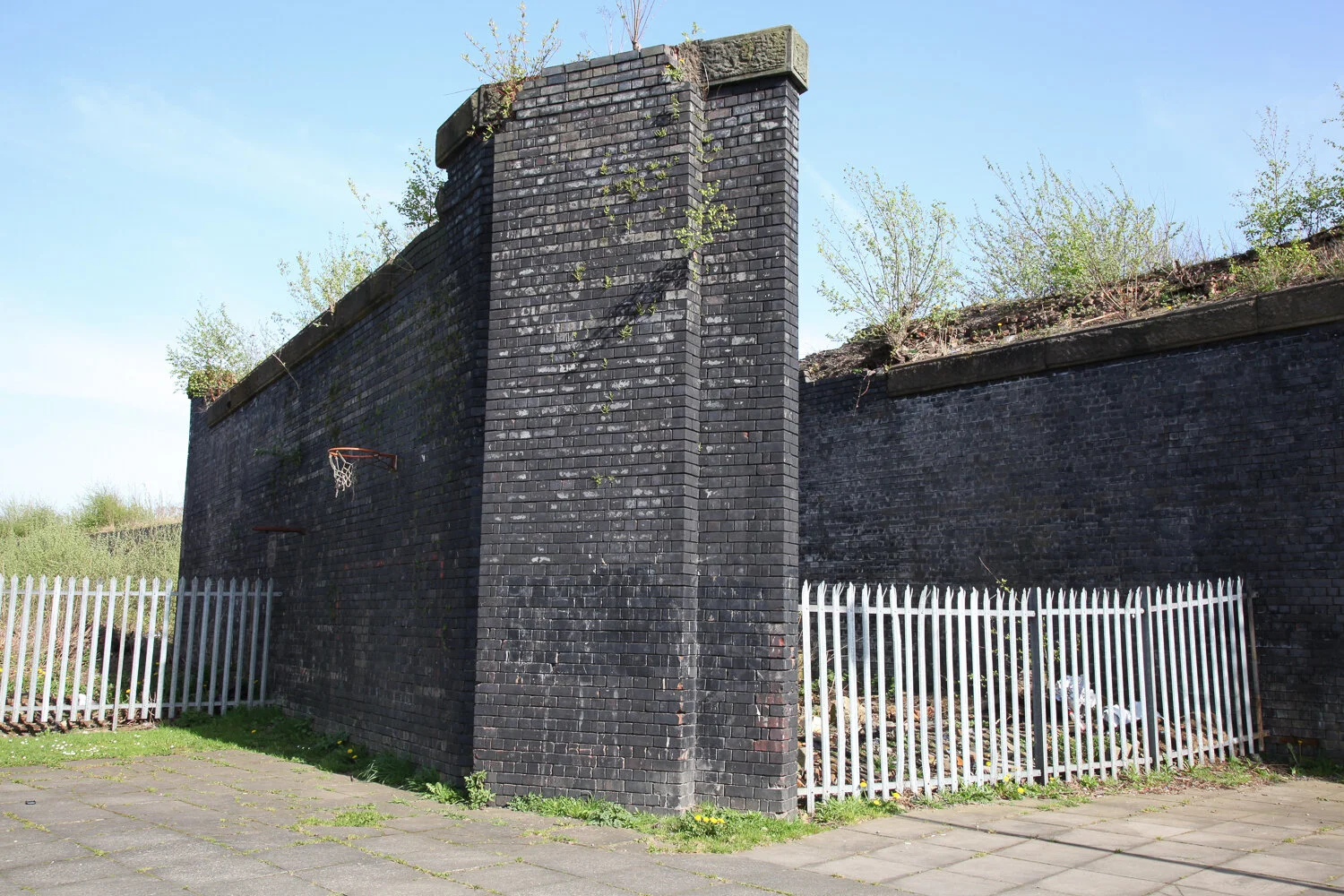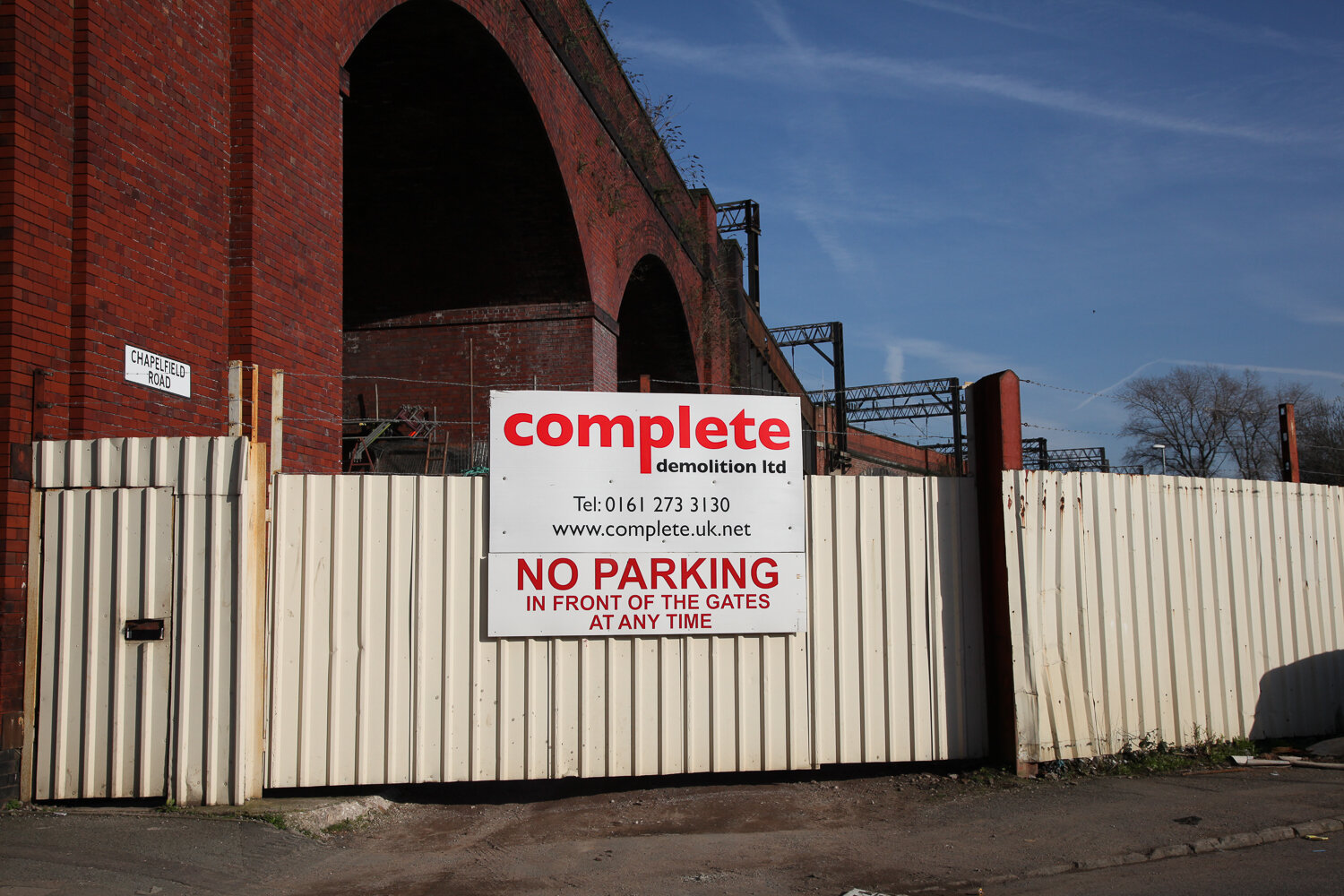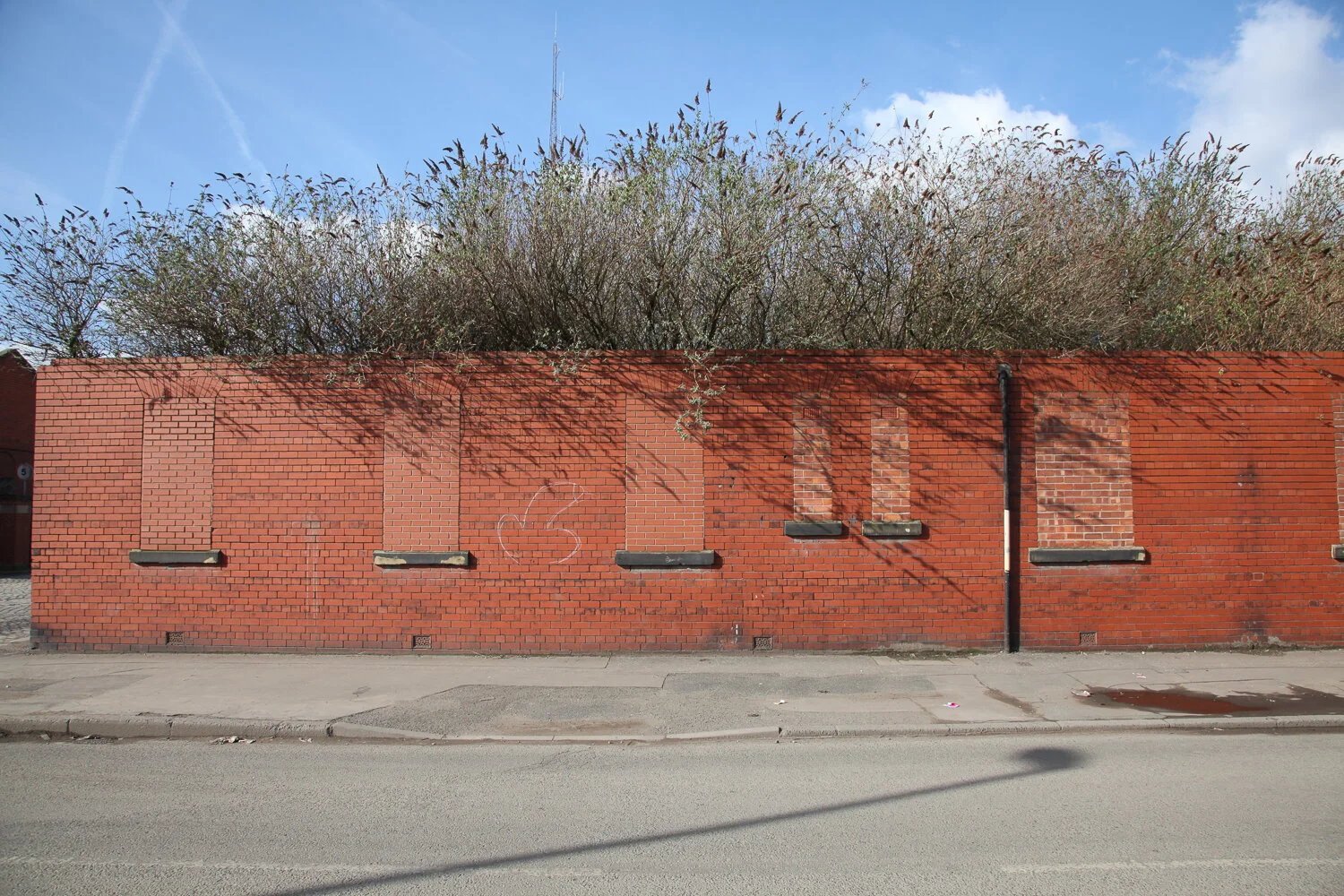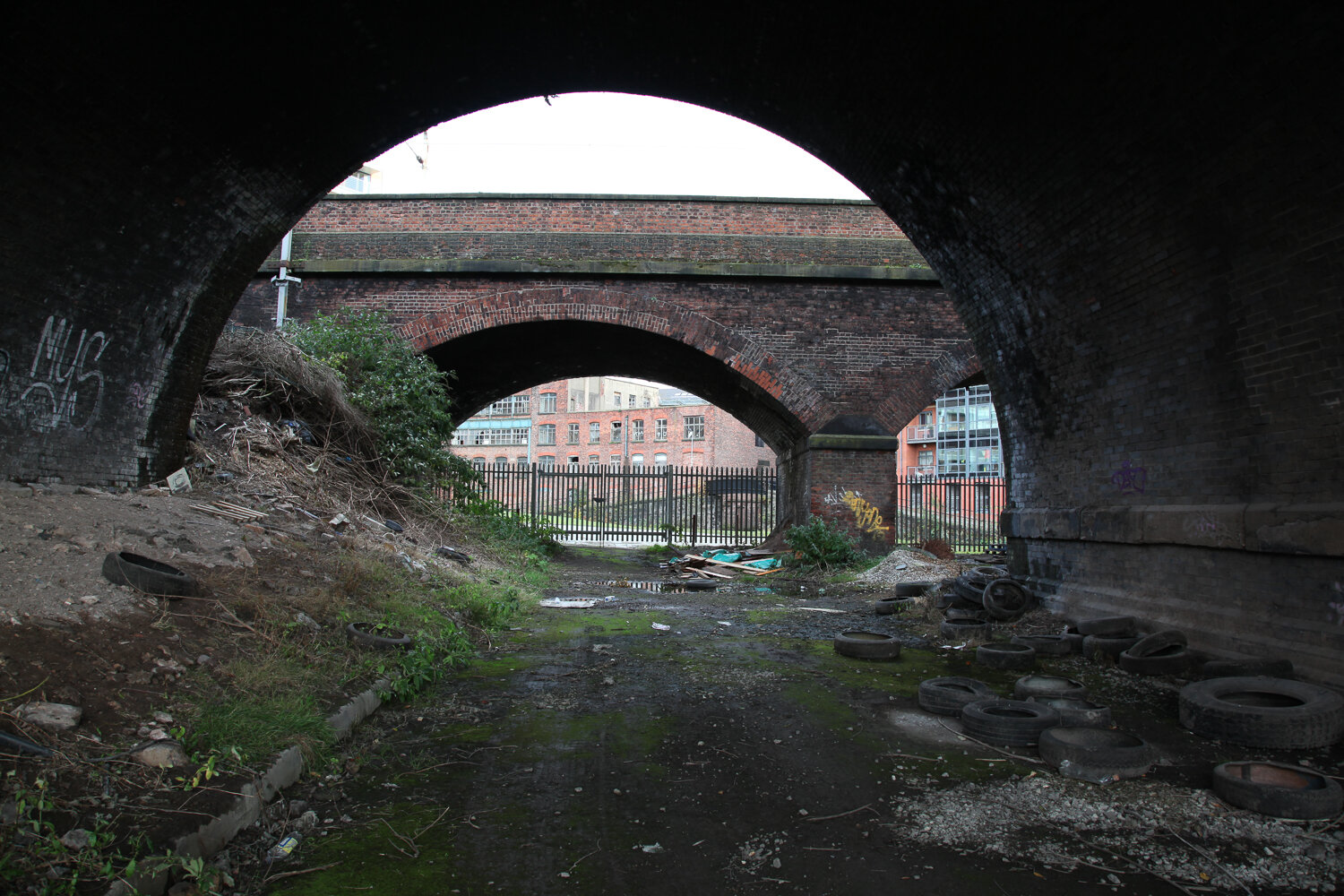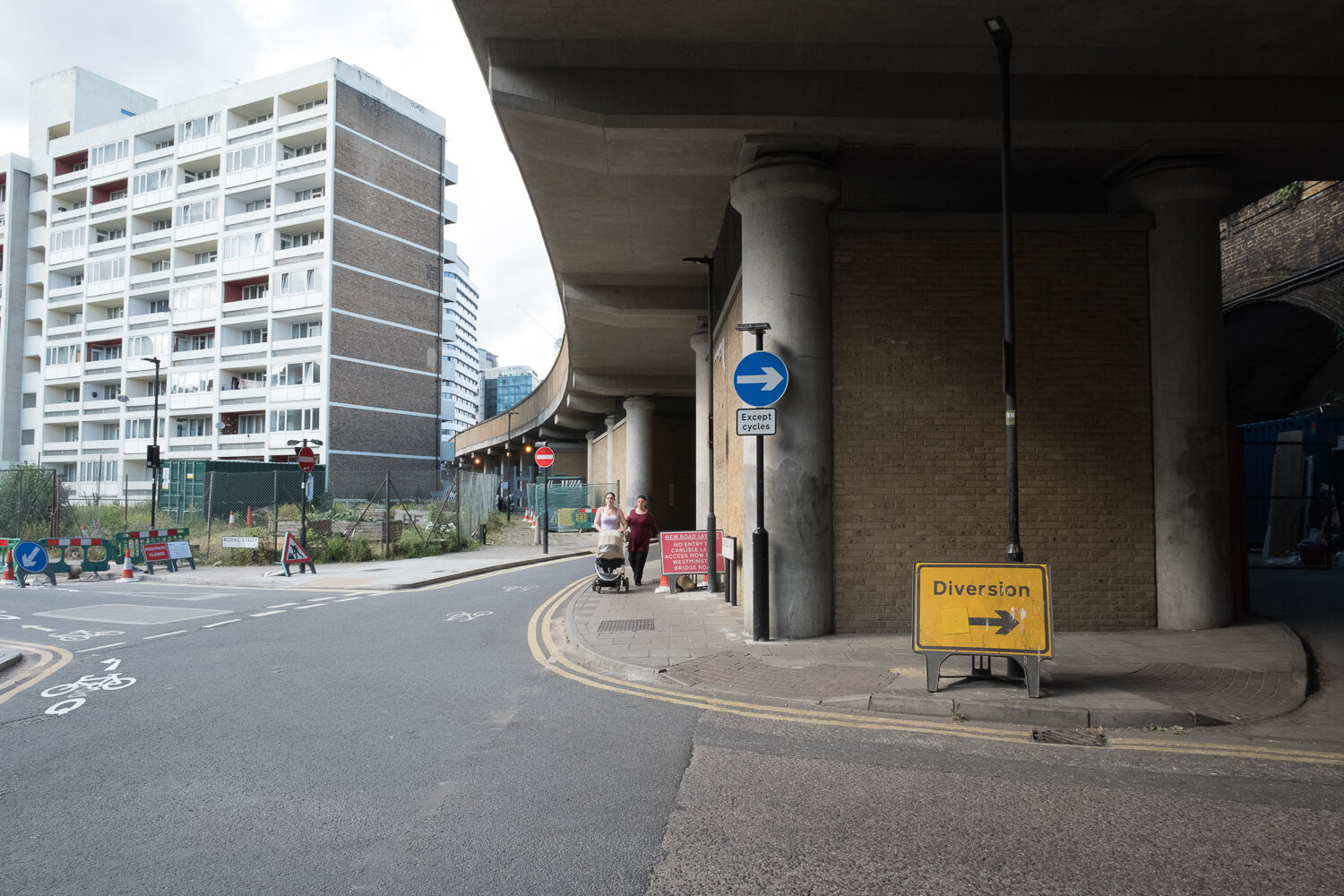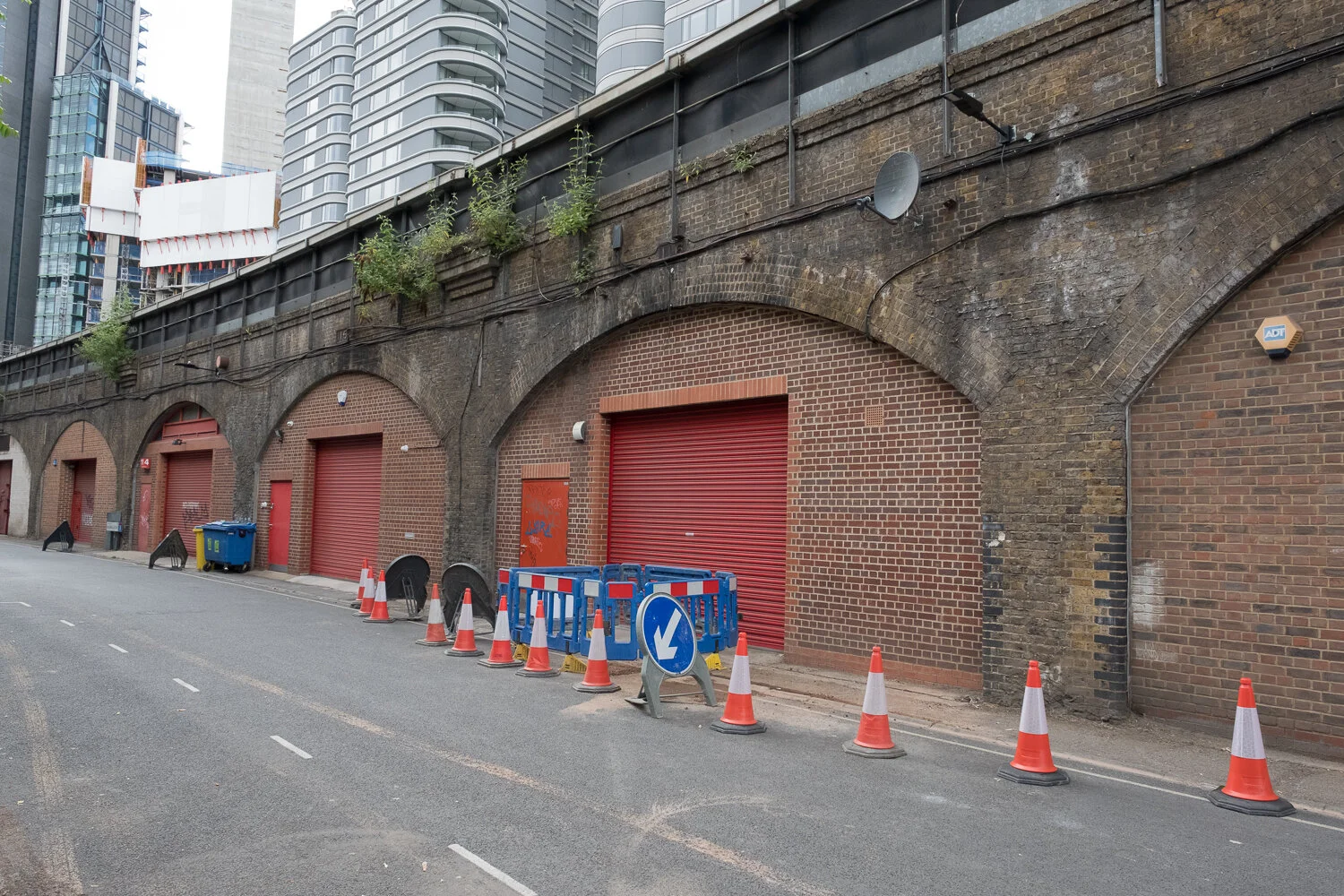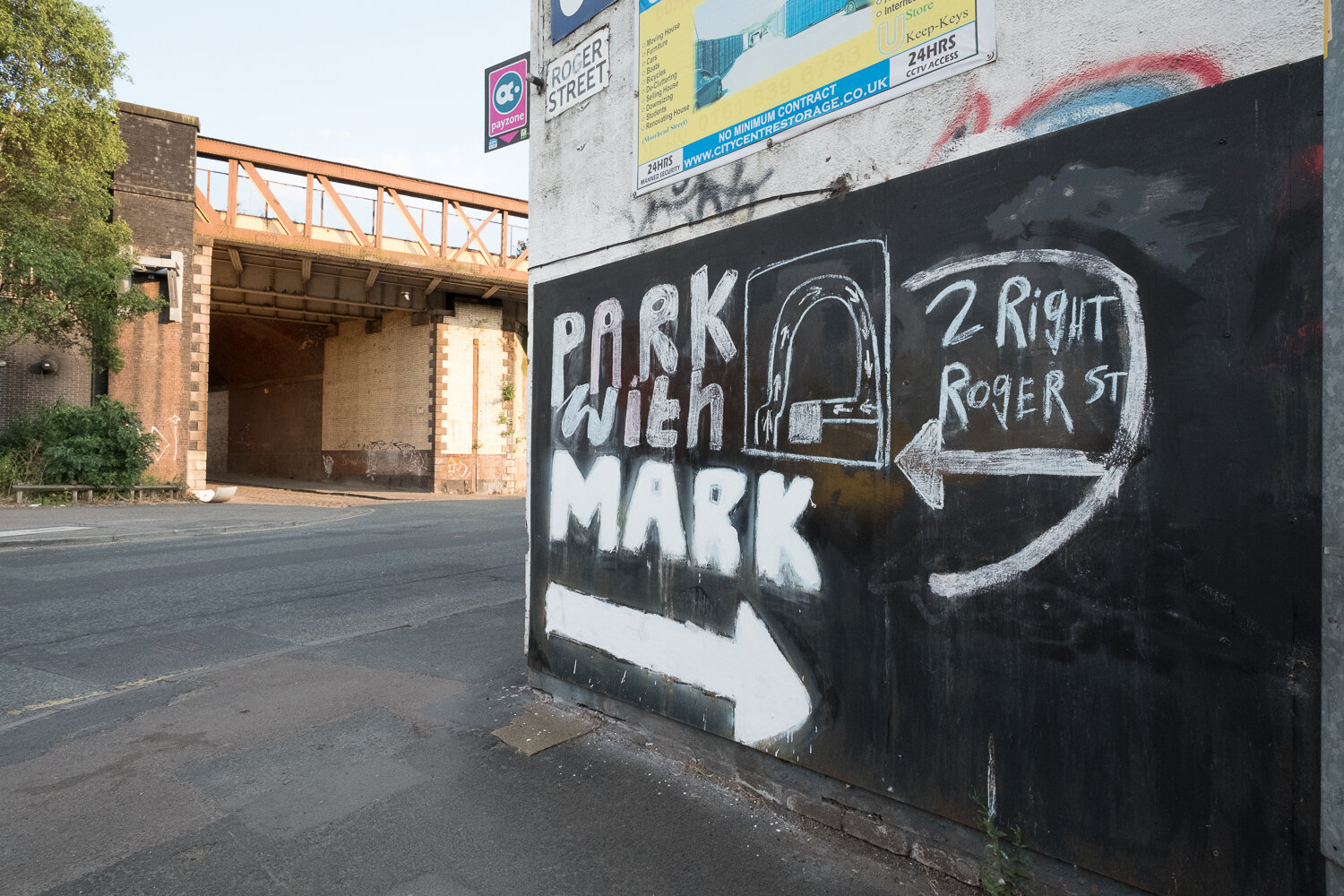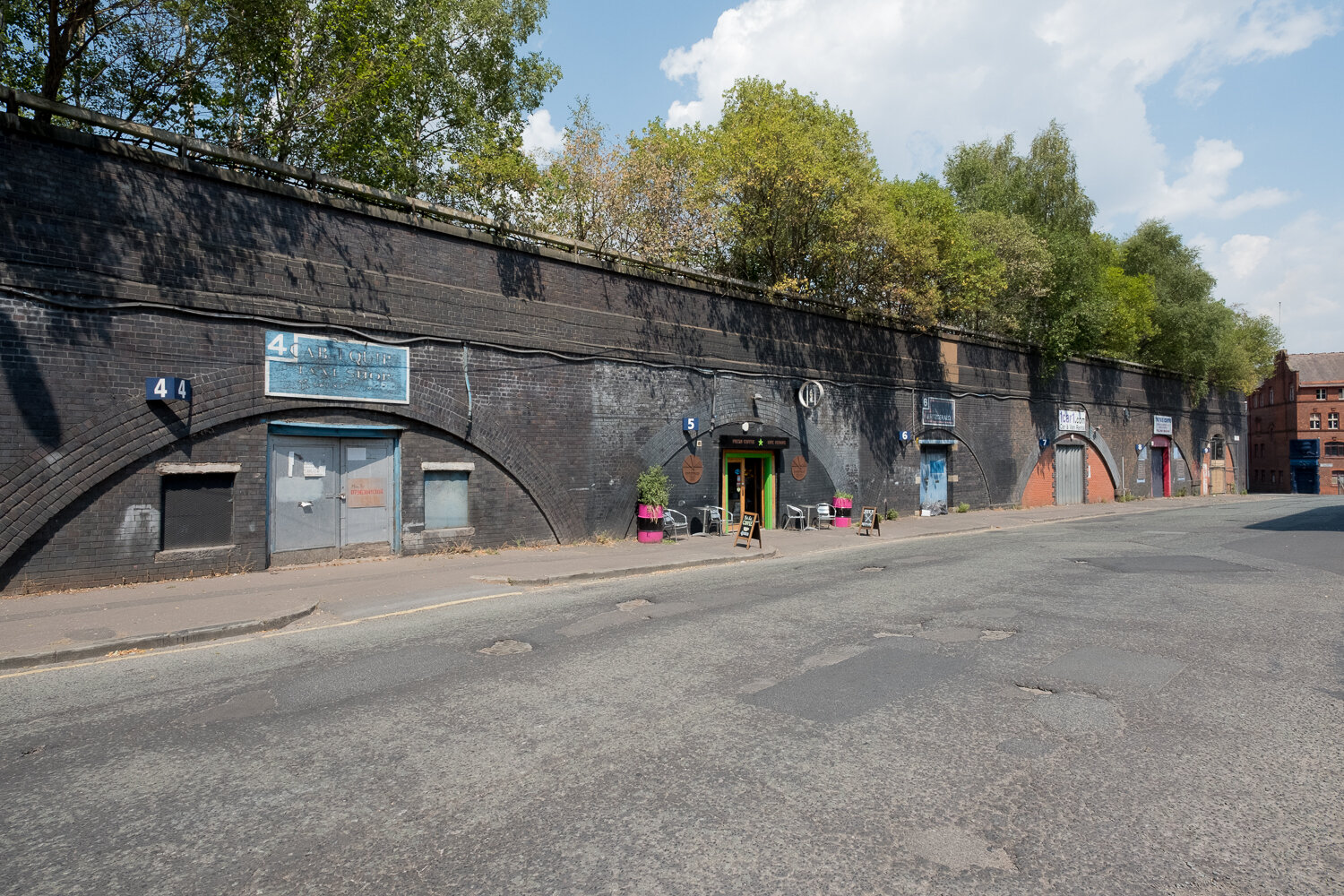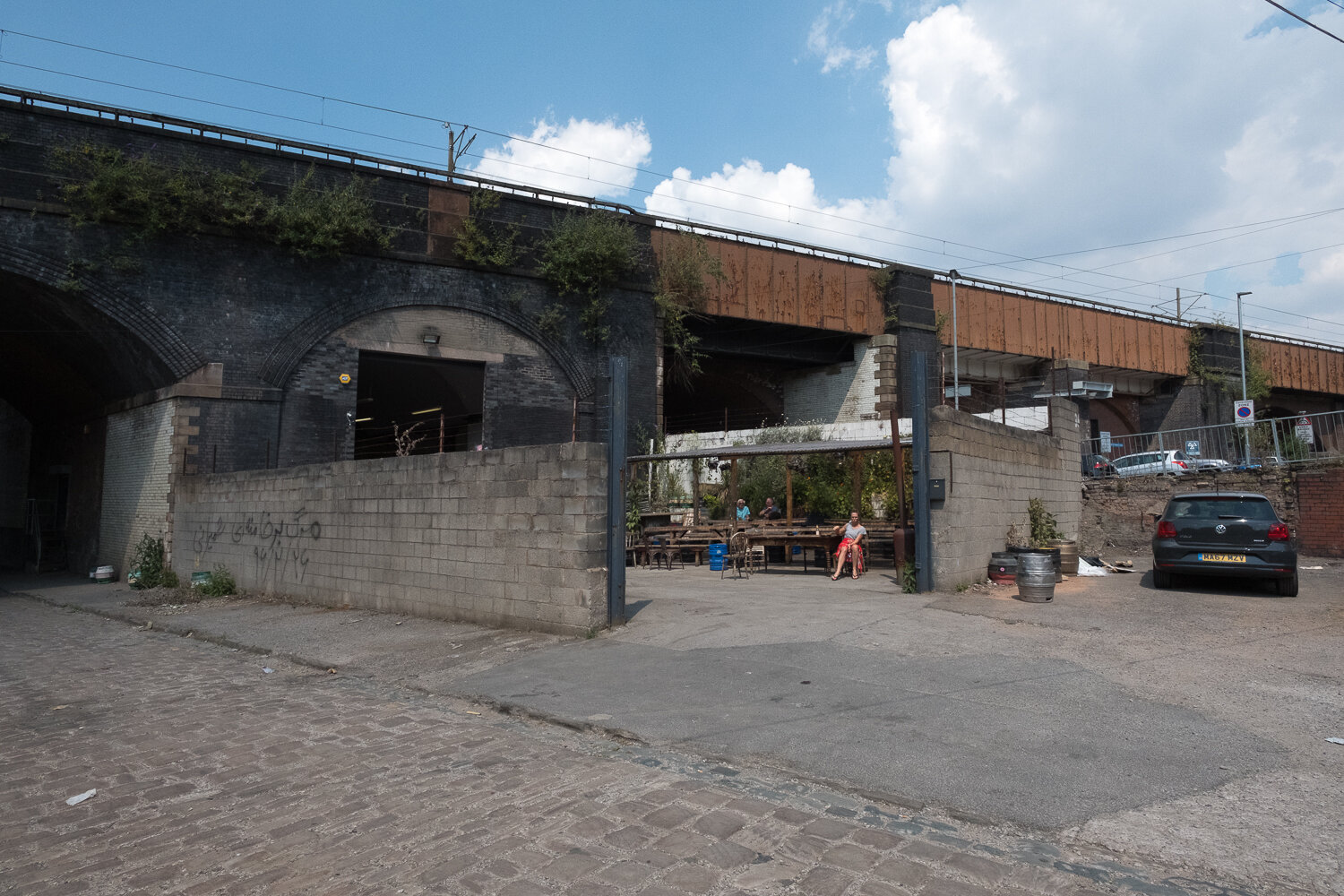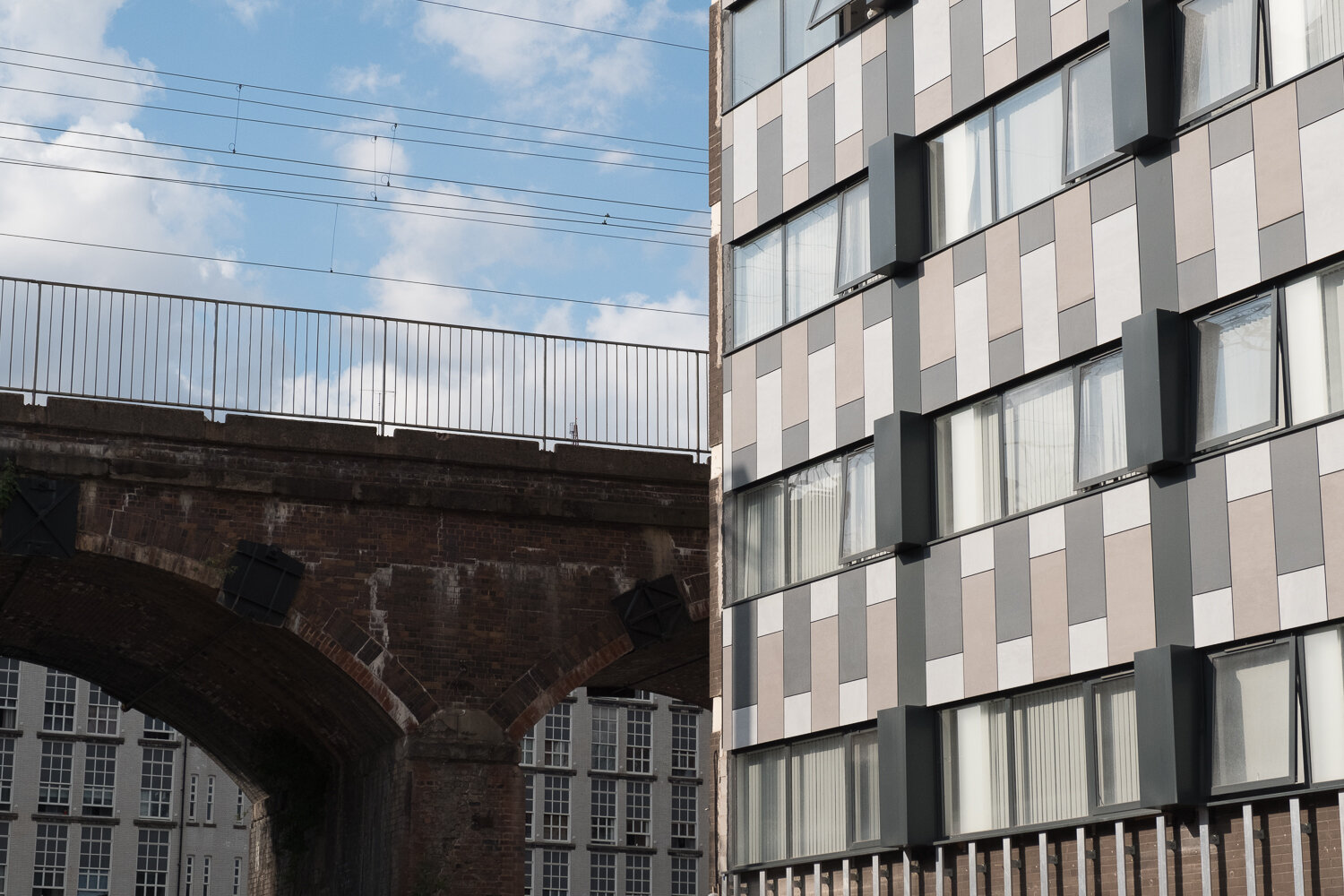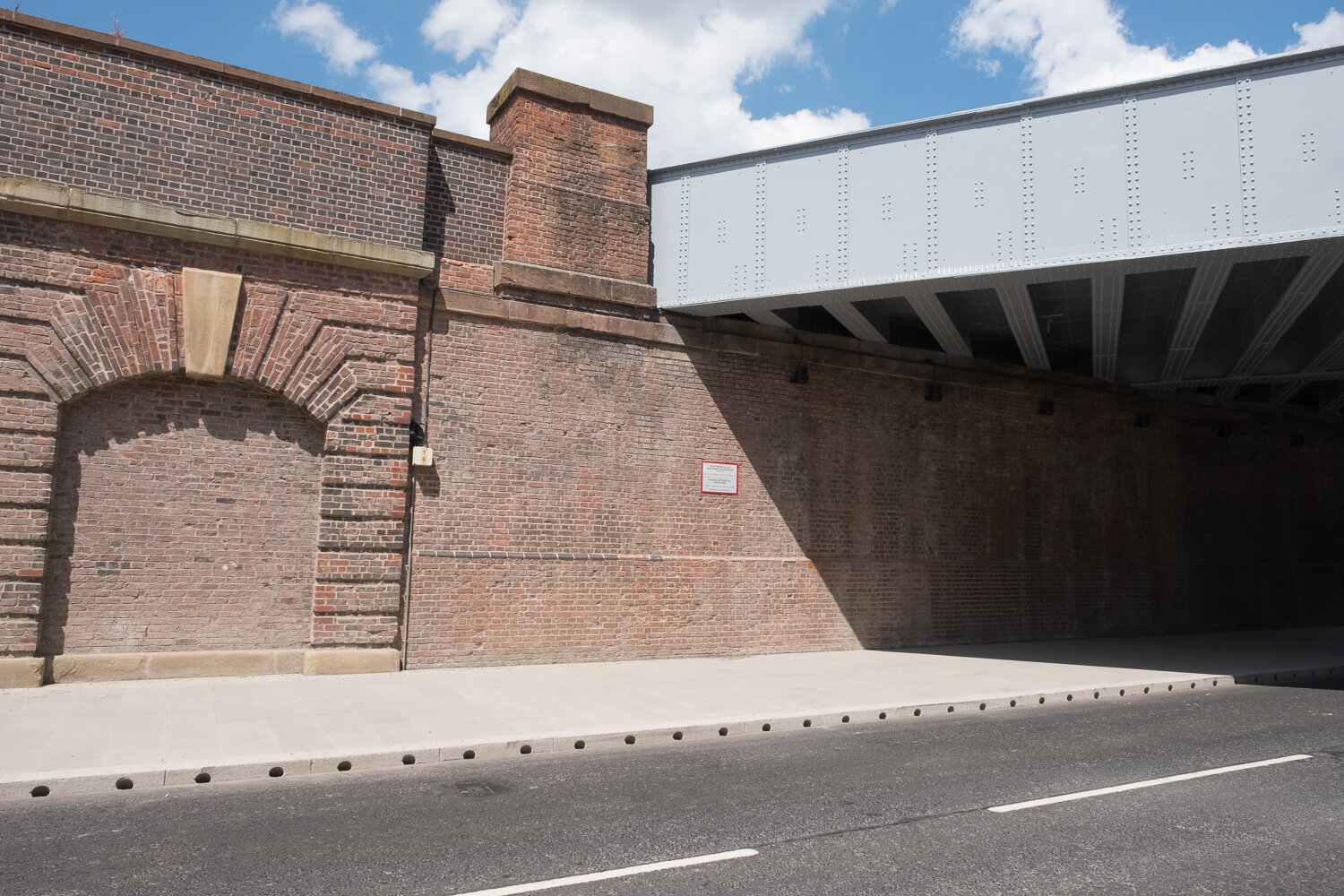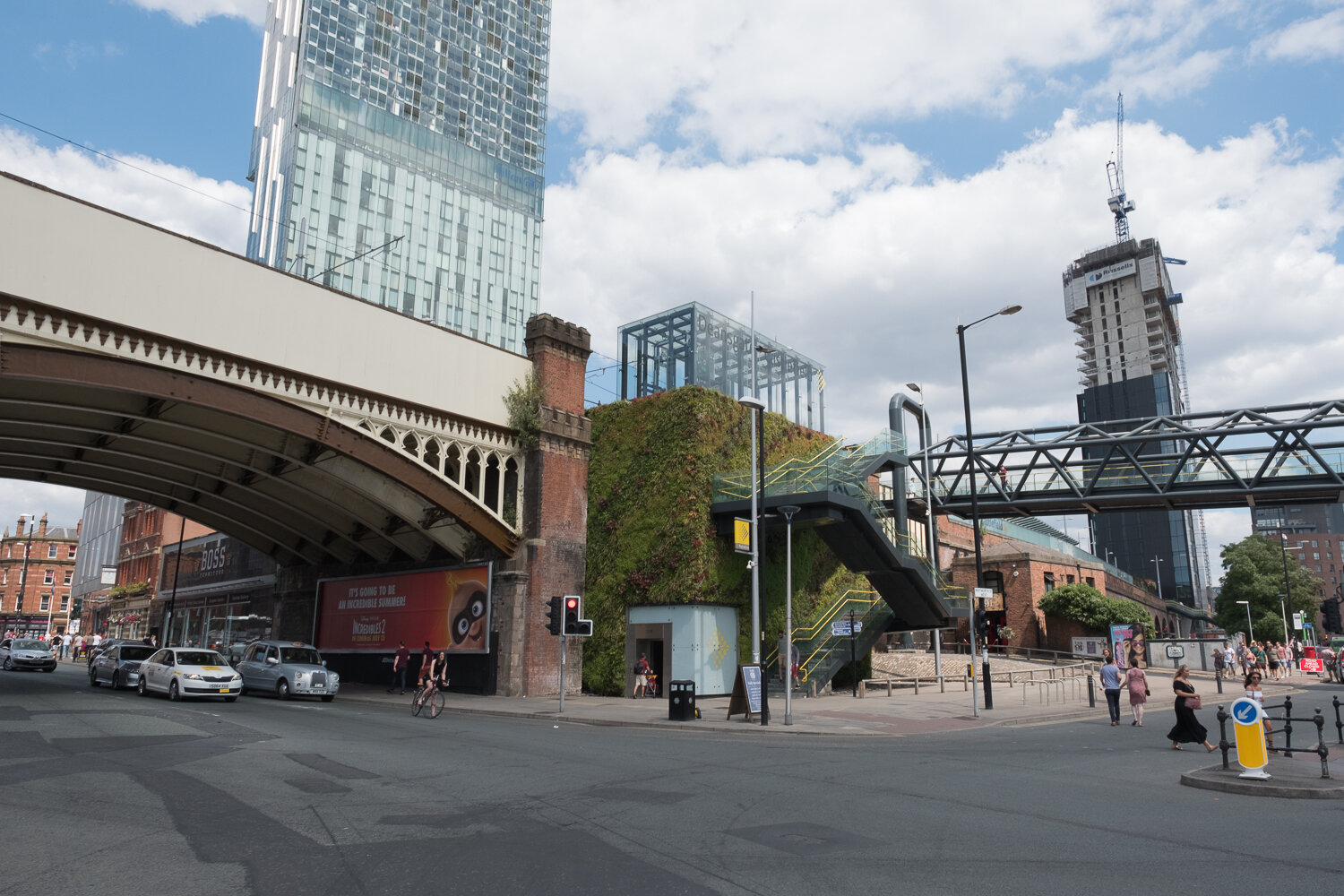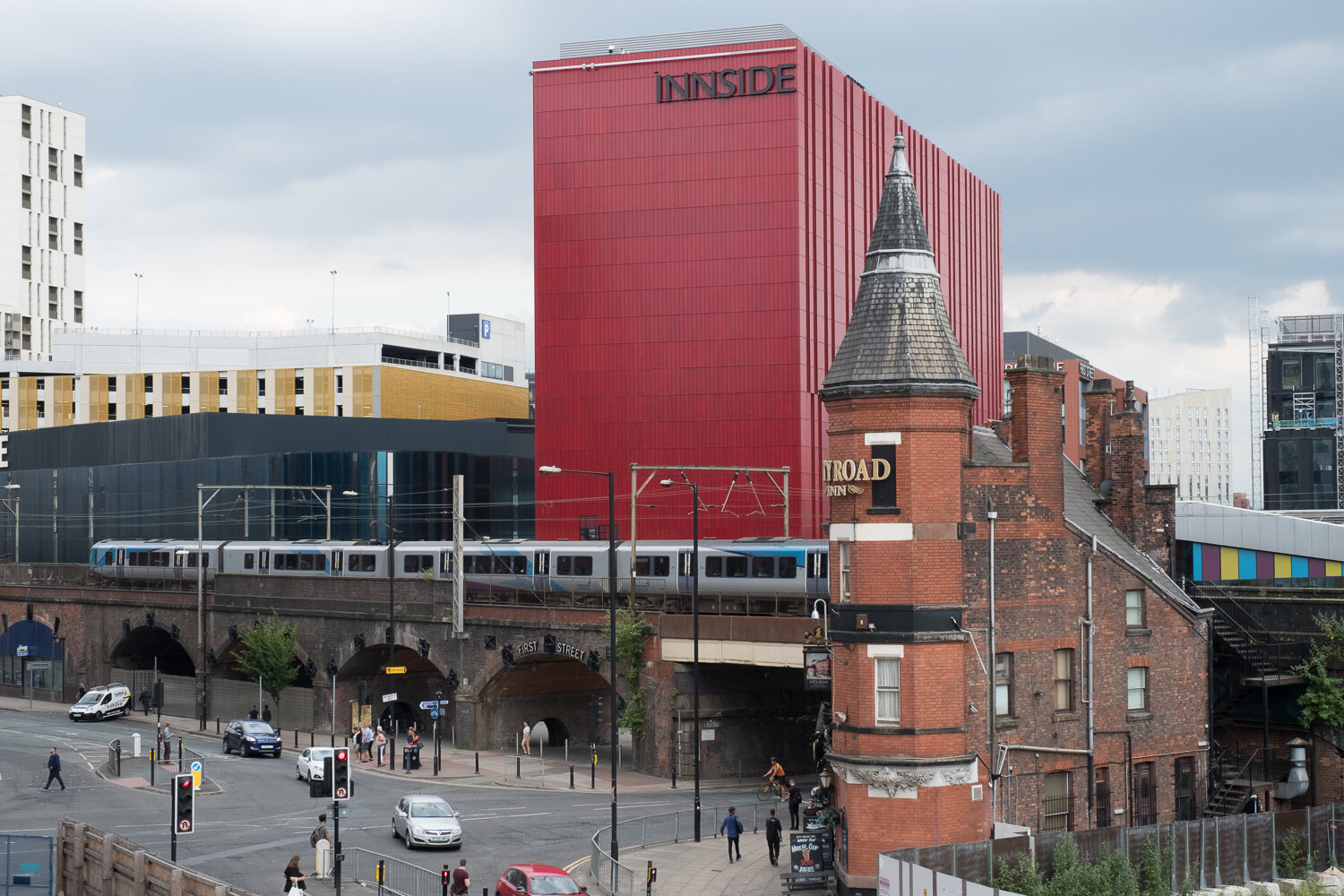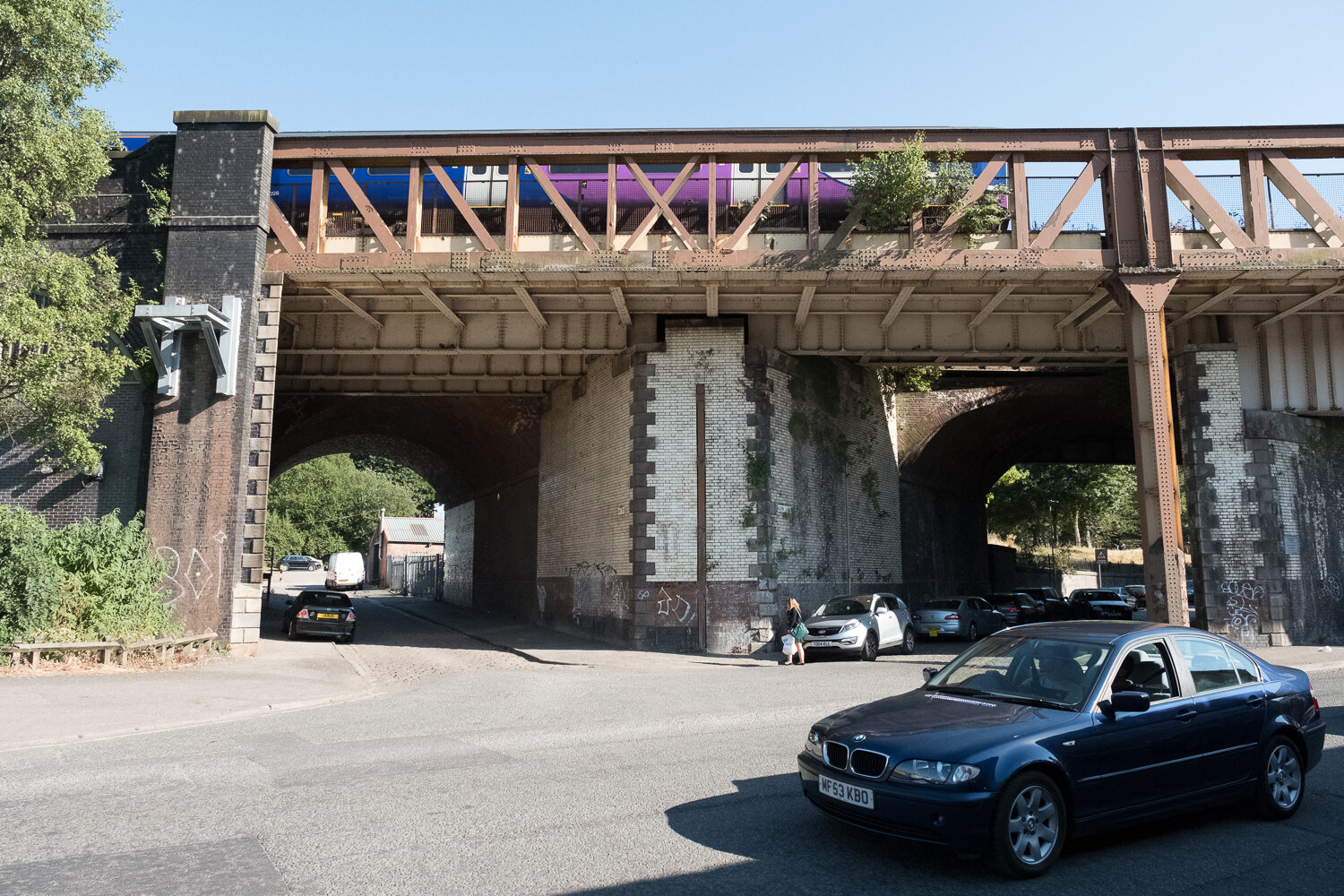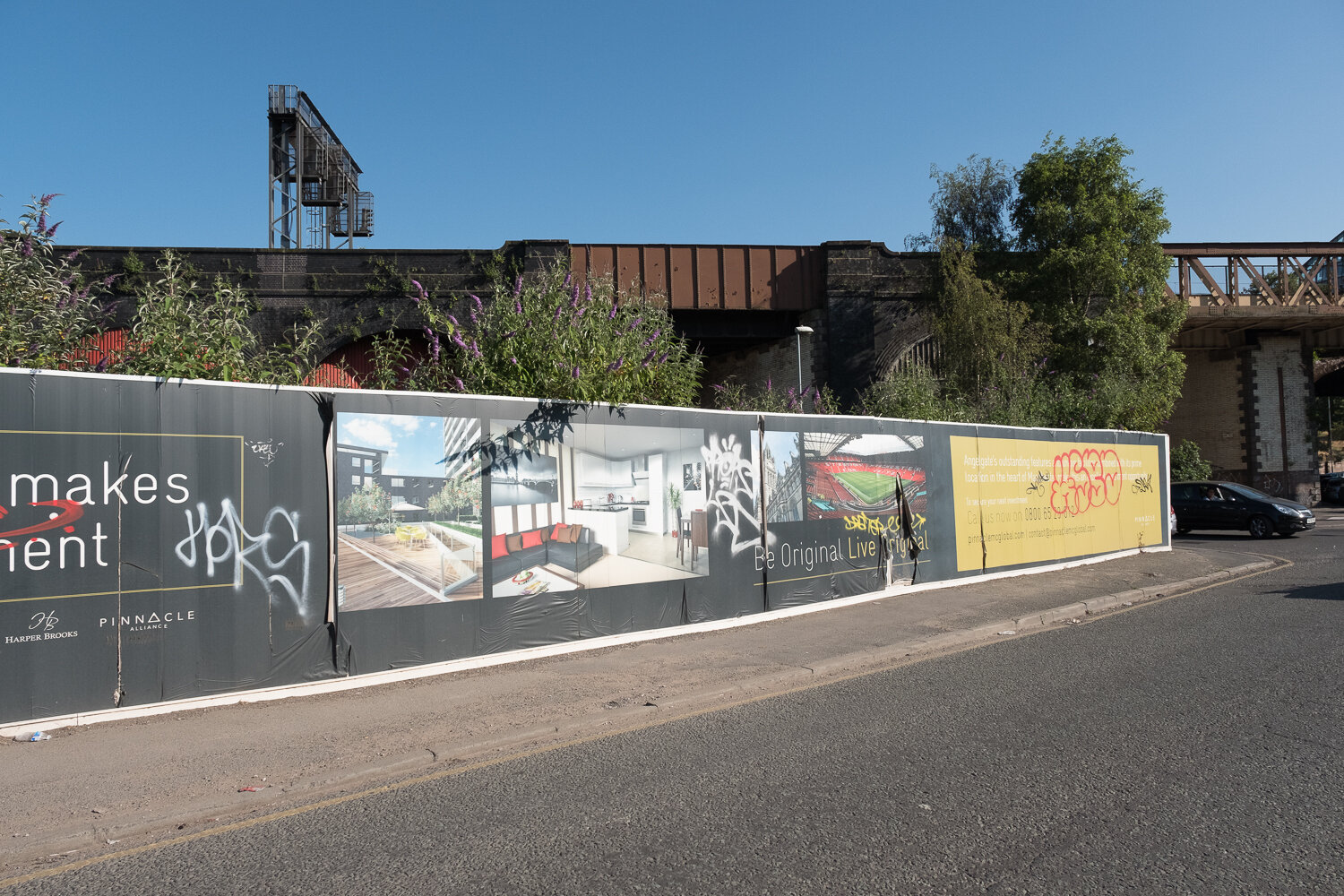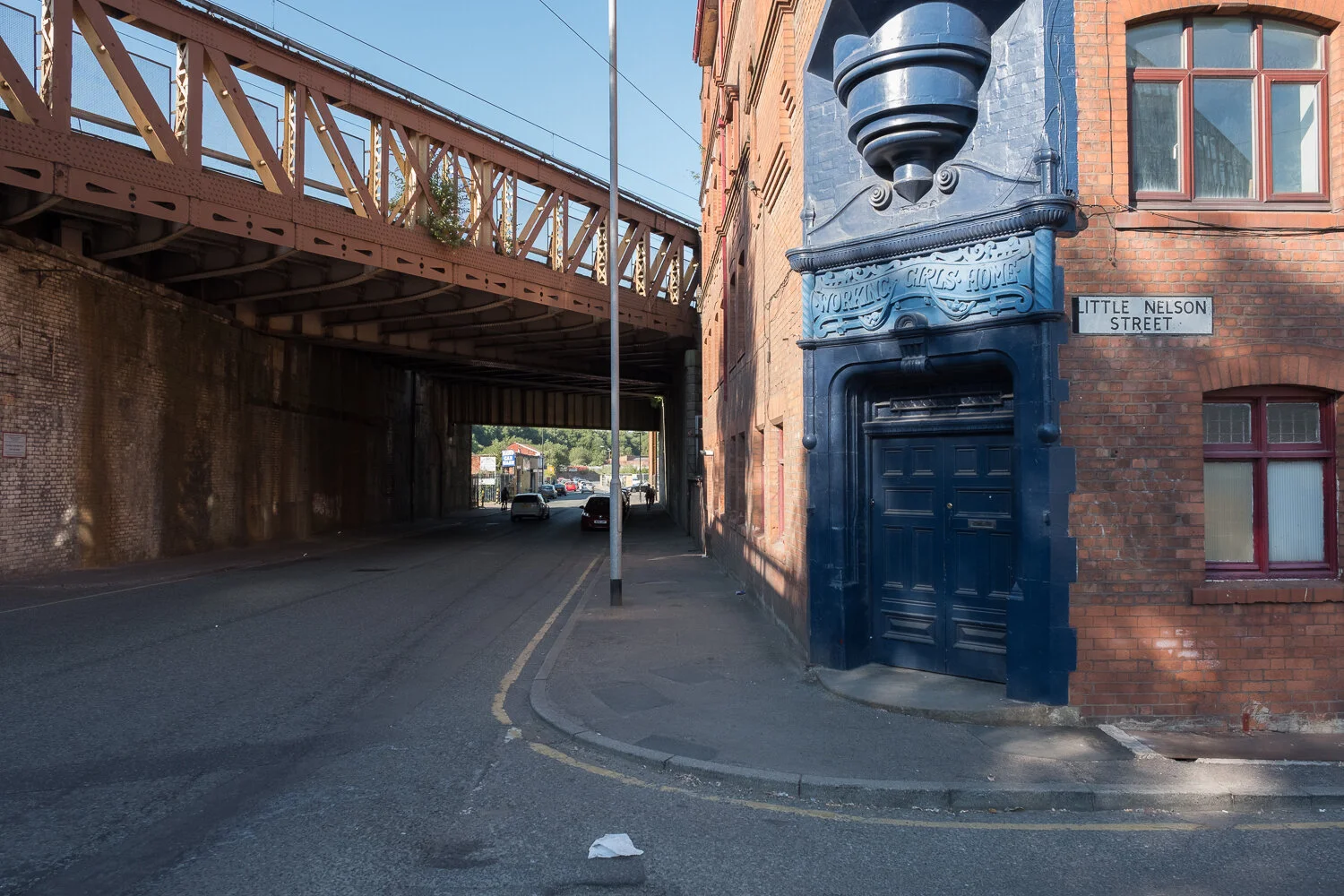The City Below: Infrastructural Landscapes and the Post-Industrial Imaginary
Starting in 2009, I have been researching the post-industrial reinvention of Manchester, England since the late 1960s, focusing specifically on the spaces along and beneath the city’s brick railway viaducts. This was the subject of my PhD thesis, “Beneath the Arches: Re-Appropriating the Residual Spaces of Infrastructure.” These supporting structures of overhead railways have defined the fringes of the city’s center since their construction in the Victorian era, and consistently reinforce its continued industrial image. In the thesis, I examined the socio-spatial implications of these structures in the macro-scale—strategies through which city officials, property developers, and designers attempt to overcome their perceived “barrier effect”, as well as the local scale—in which remaining light industrial tenants are displaced from railway arches to stimulate commercial and residential gentrification on the fringes of the city center. The key contribution of this thesis has been to demonstrate how changing perceptions of infrastructural spaces can be understood in relation to strategies of entrepreneurial urban redevelopment.
After completing the thesis, I have since expanded this research to addition sites in Manchester and London, as well as analyzing the sale of Network Rail’s property estate and what this means for the future of railway arches as cheap commercial spaces in cities. I have also explored debates regarding the demolition of Victorian railway infrastructure to make way for a new railway link in Manchester, and how this controversial project sheds light on the relationship between built heritage, transport infrastructure, and urban redevelopment.
In cities across Britain, landscapes dominated by brick railway viaducts-long serving as symbols of dereliction, criminality, and transgression- are being systematically re-imaged as regenerated spaces of middle class leisure and consumption and aestheticized as monuments to industrial heritage. This emergent re-imaging of infrastructural built environments has troubling implications for commercial and residential gentrification, and has been increasingly contested in recent years.
Through the examination of historic railway infrastructure, the ongoing project opens up political-economic critique to questions of cultural representation and symbolism in the shifting symbolic economy while giving a longer and more in-depth context to the impacts of urban transport infrastructure on cities.

